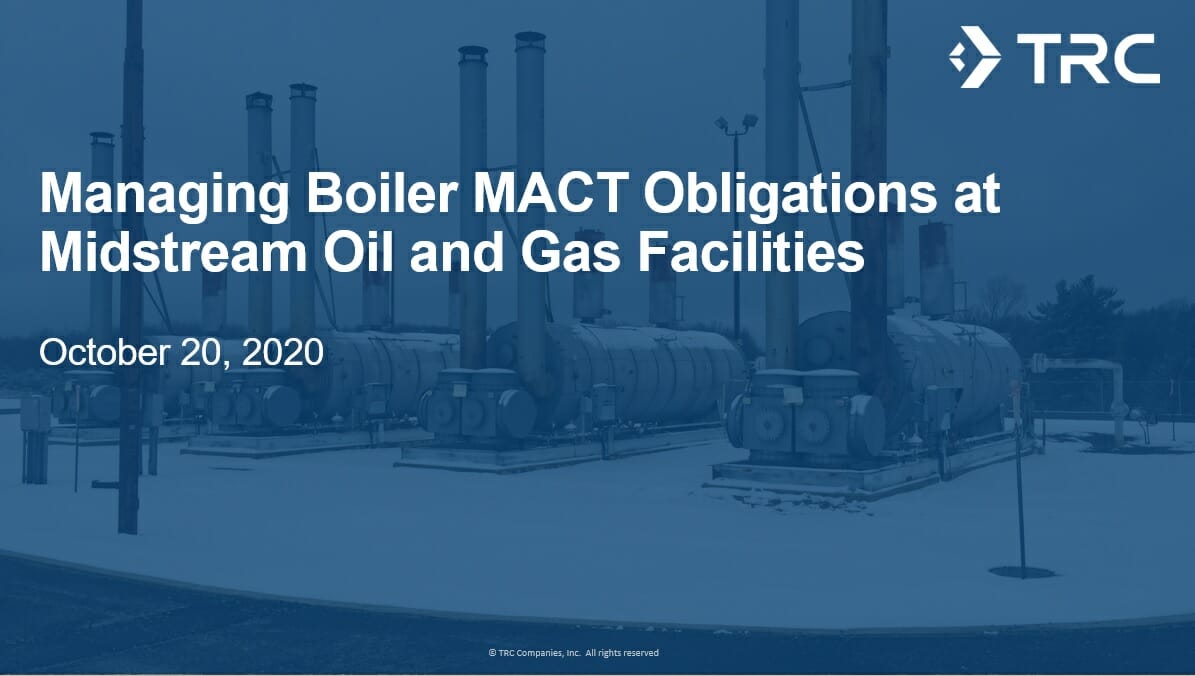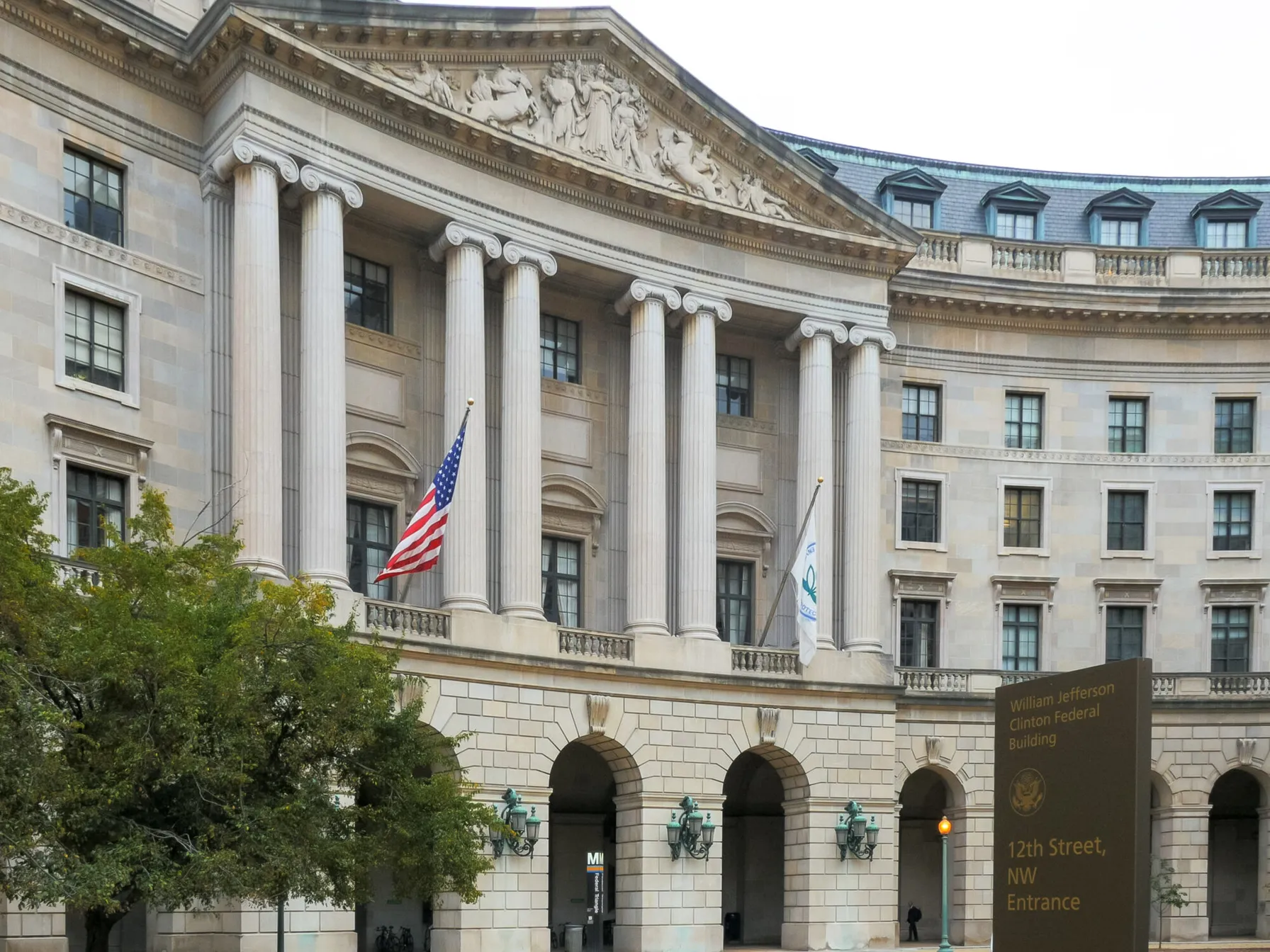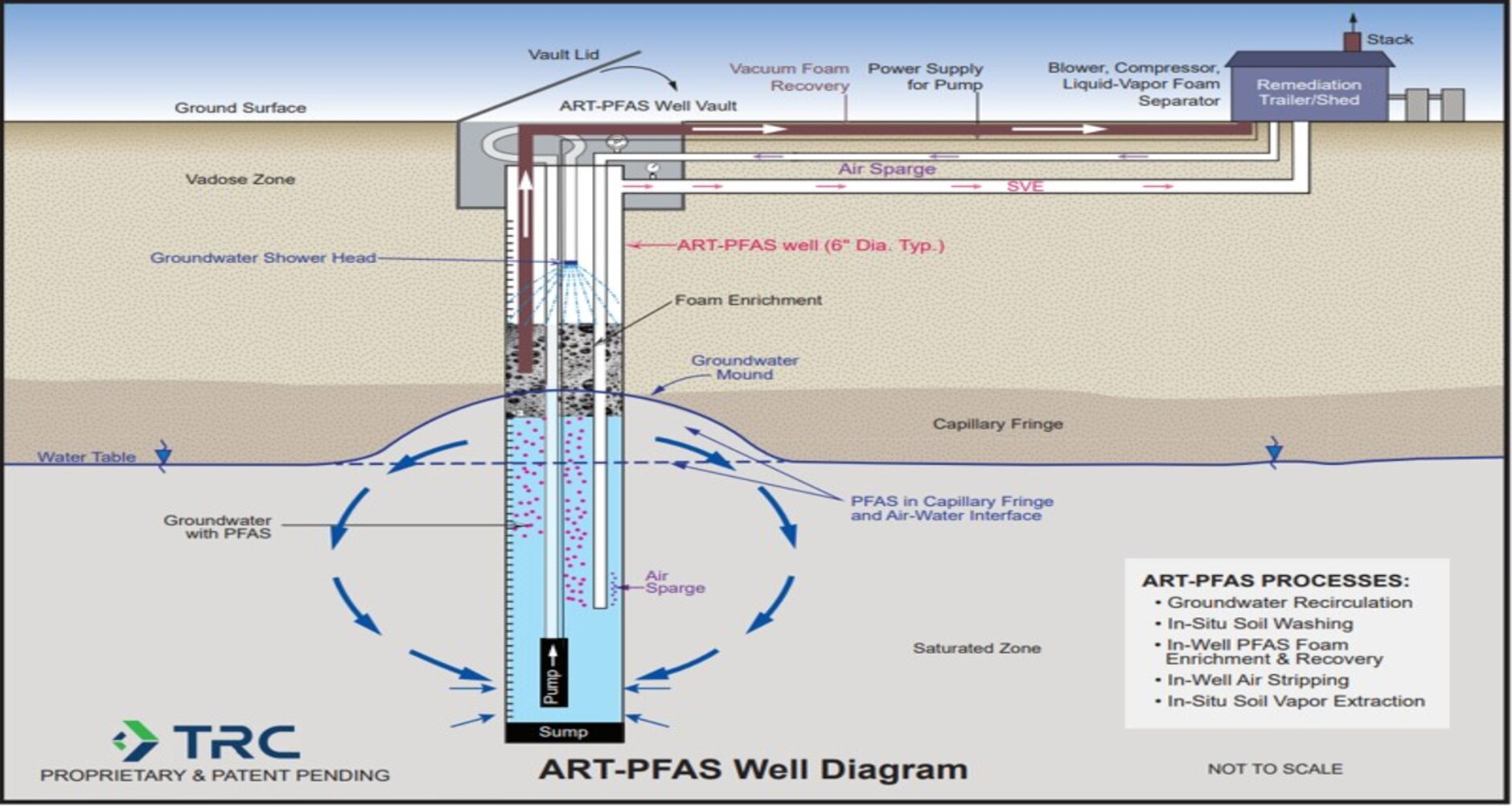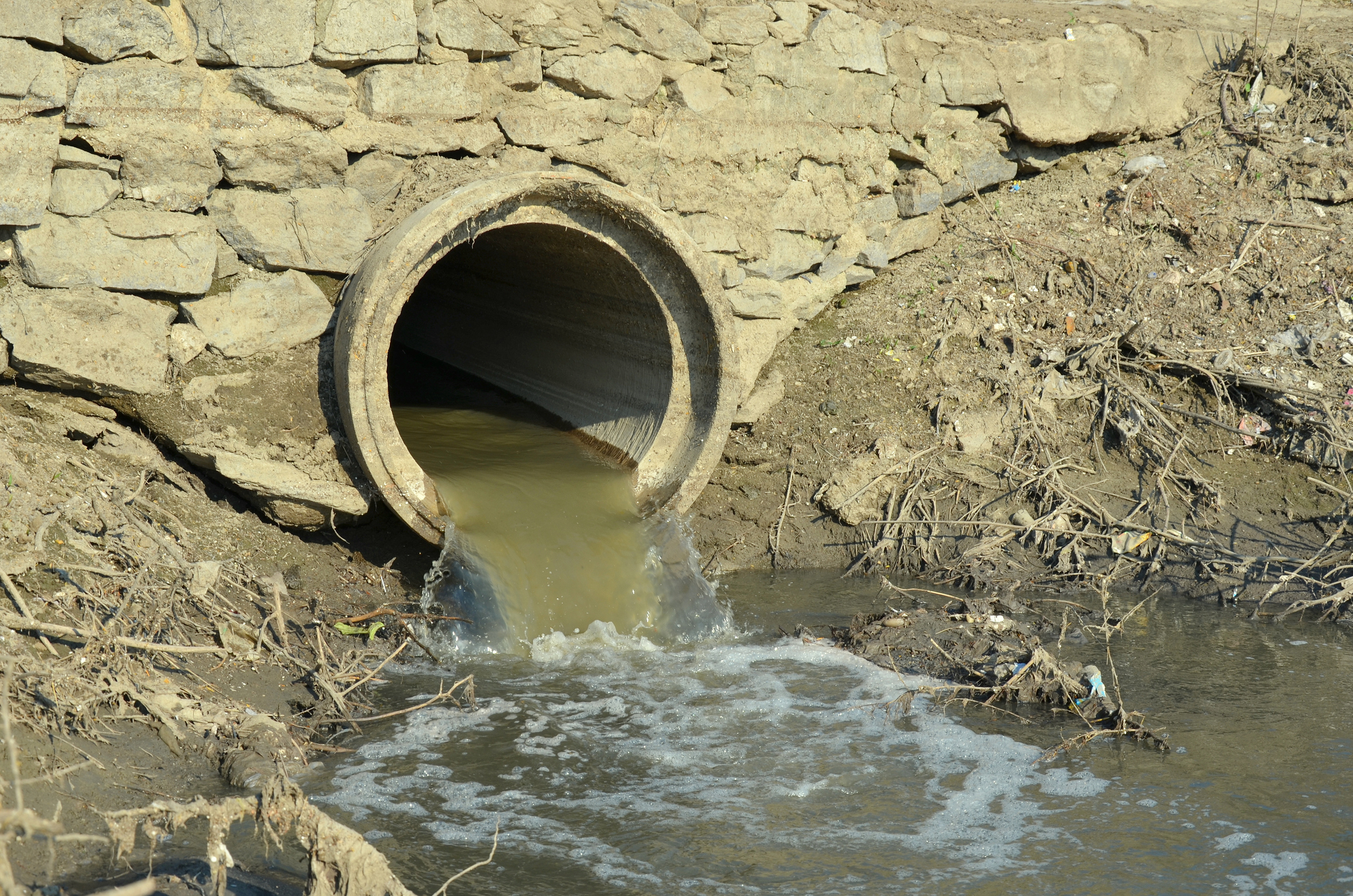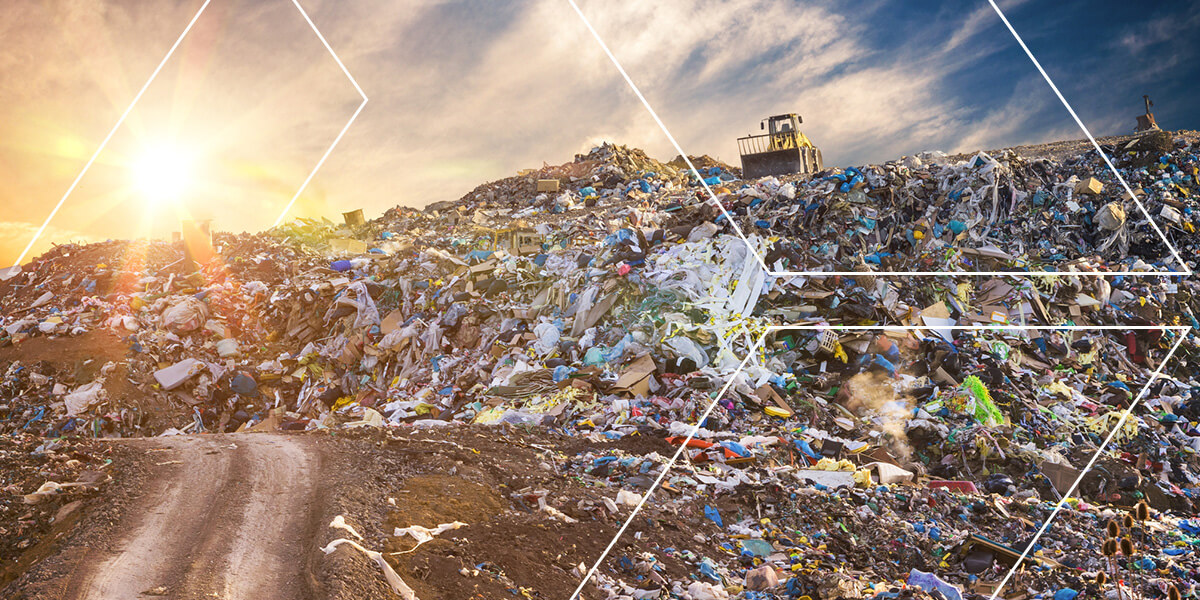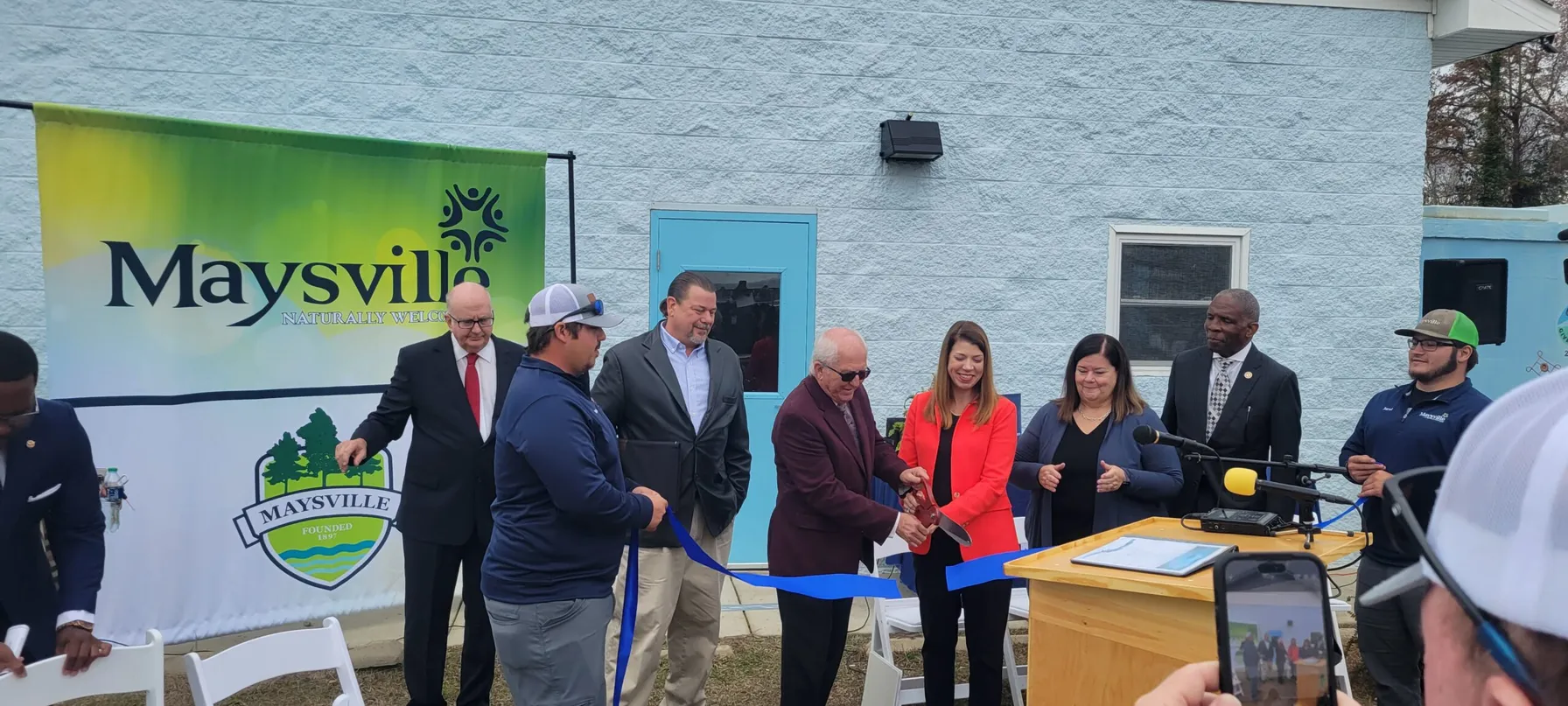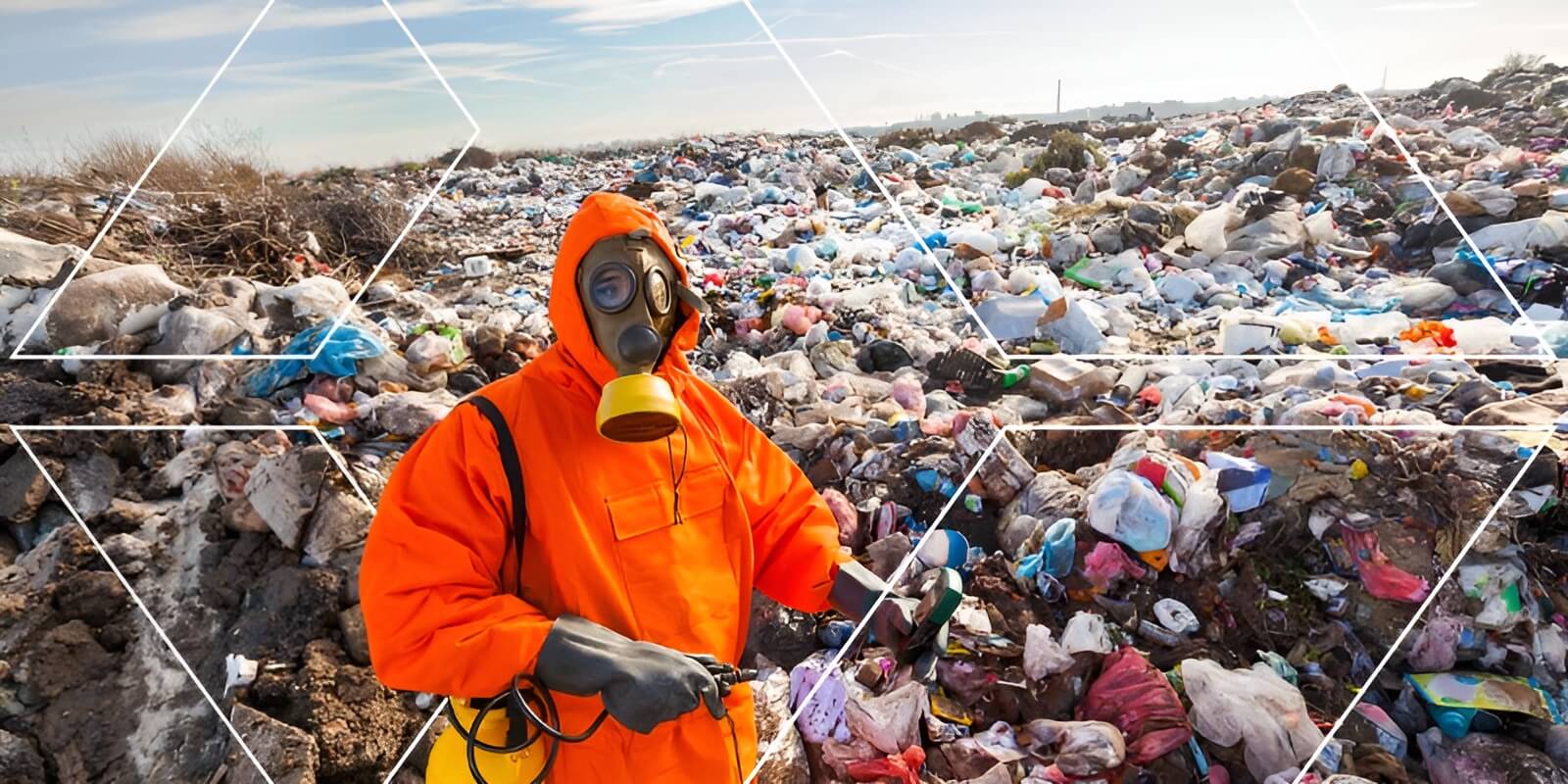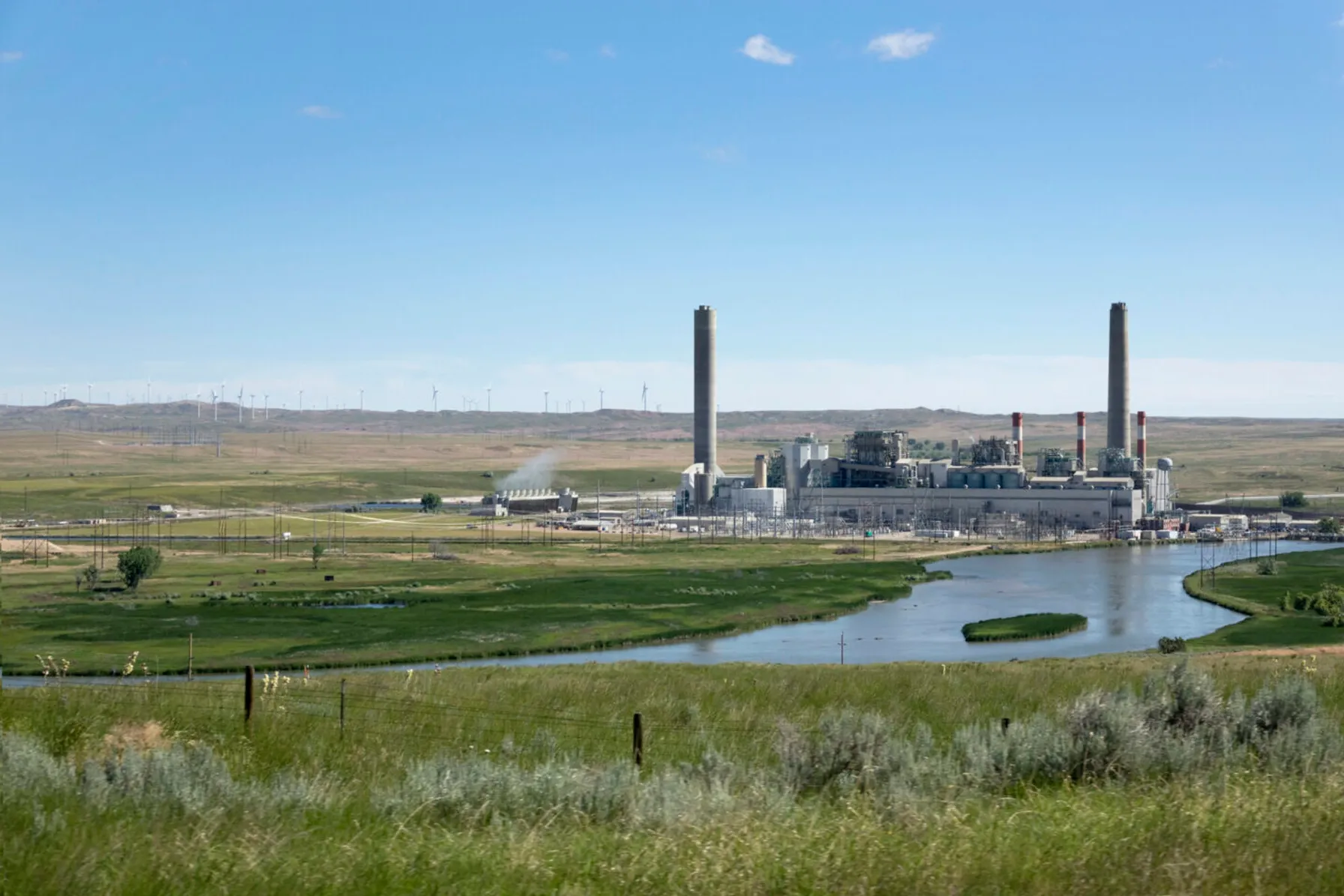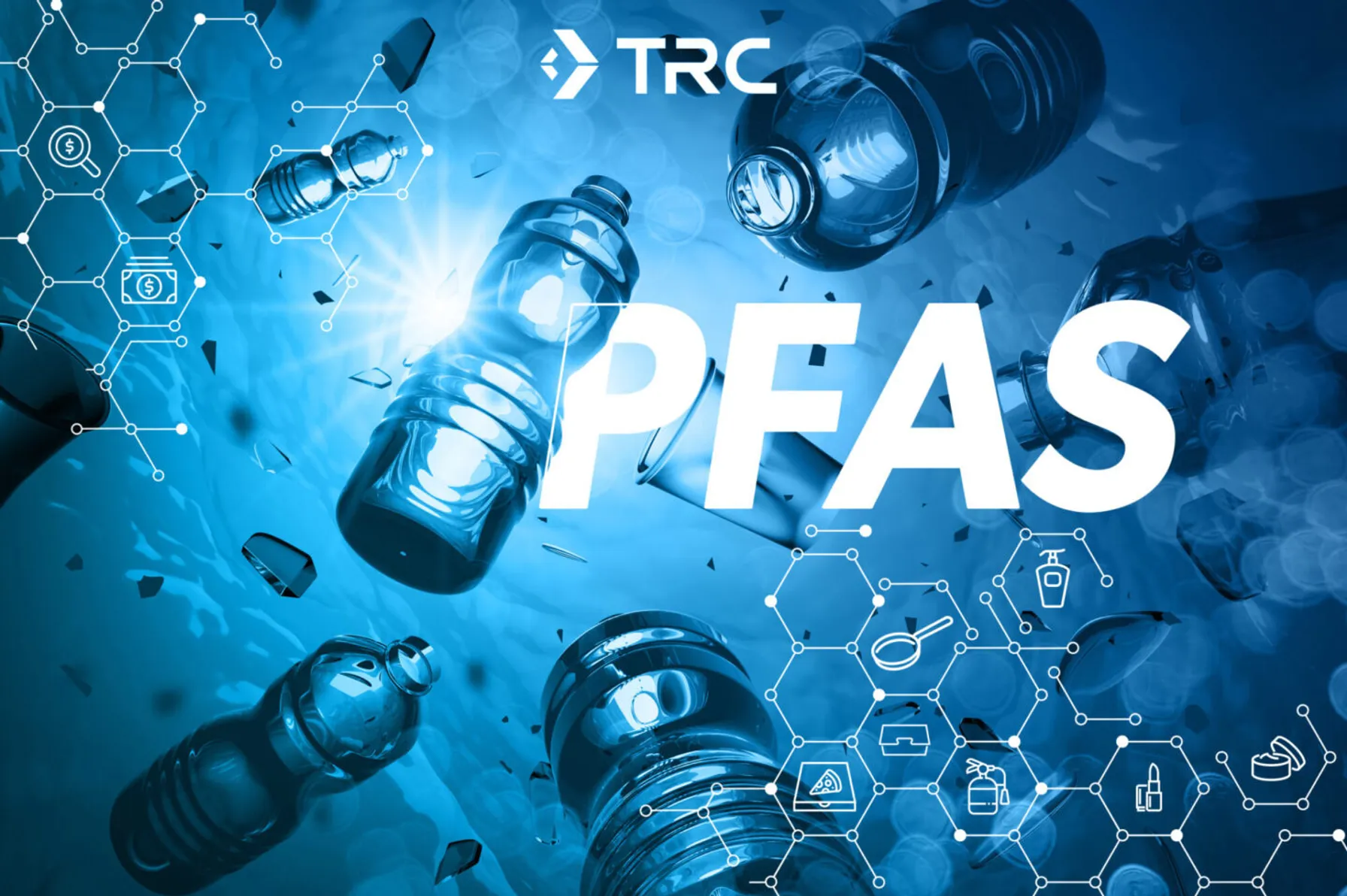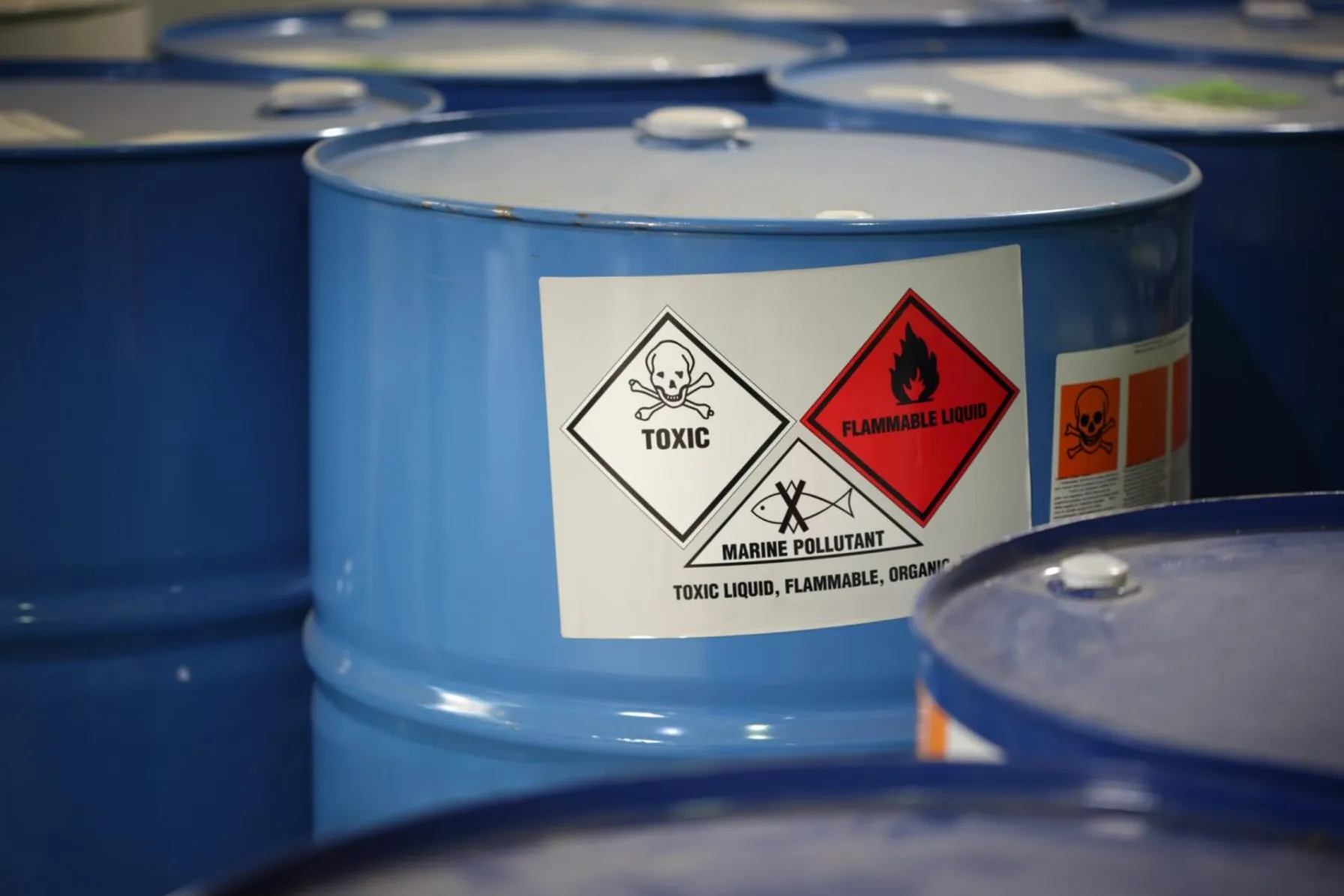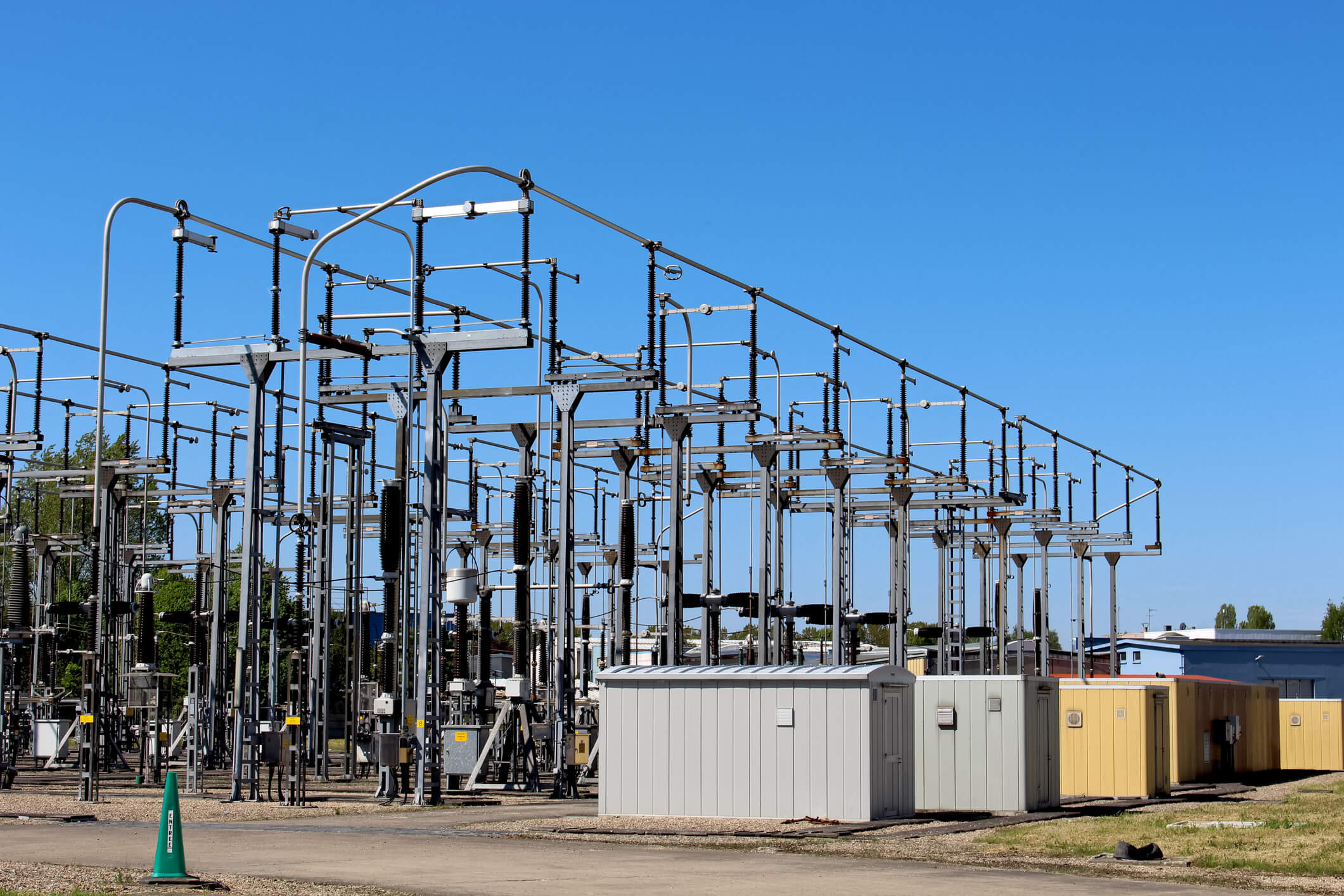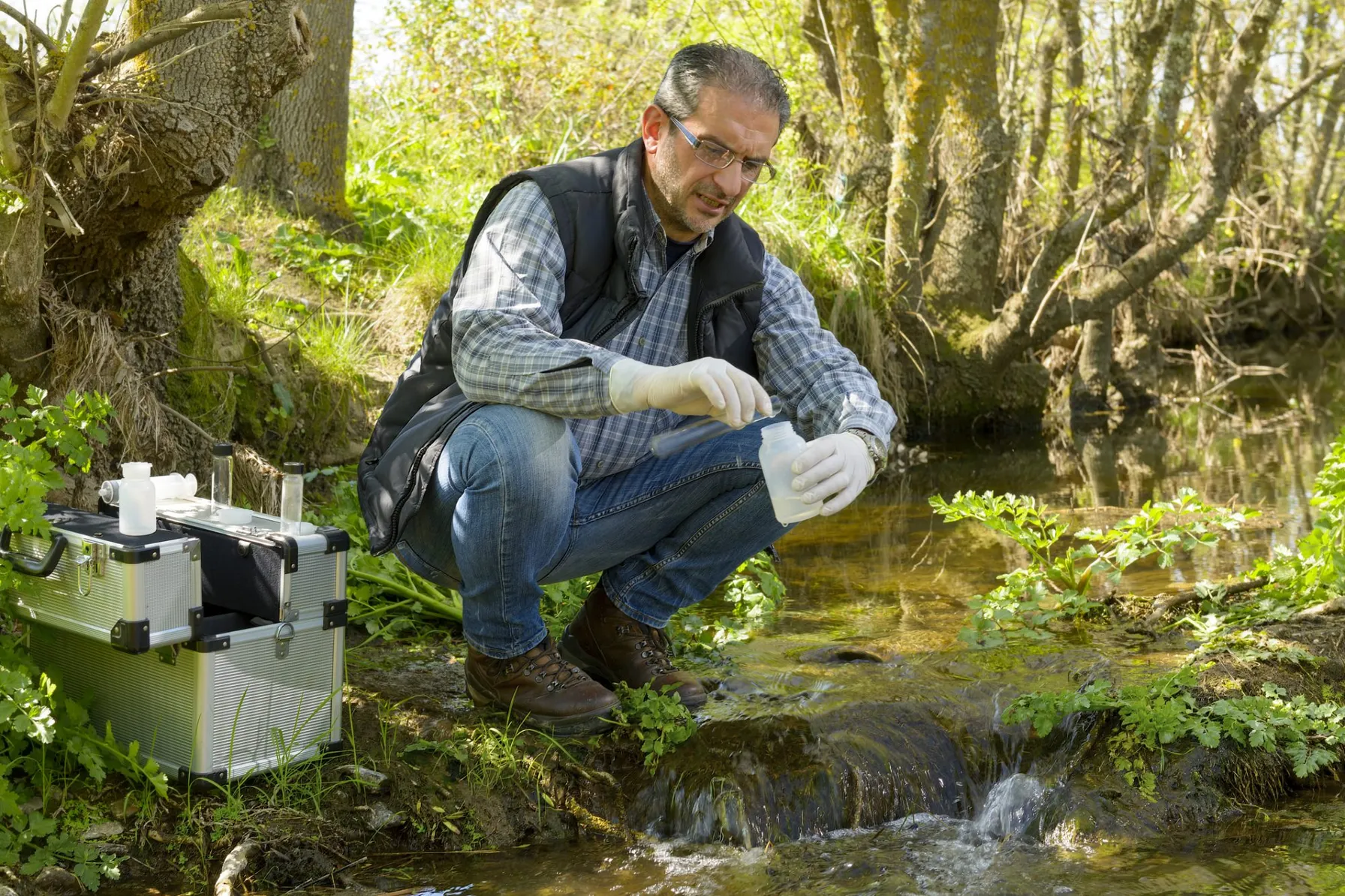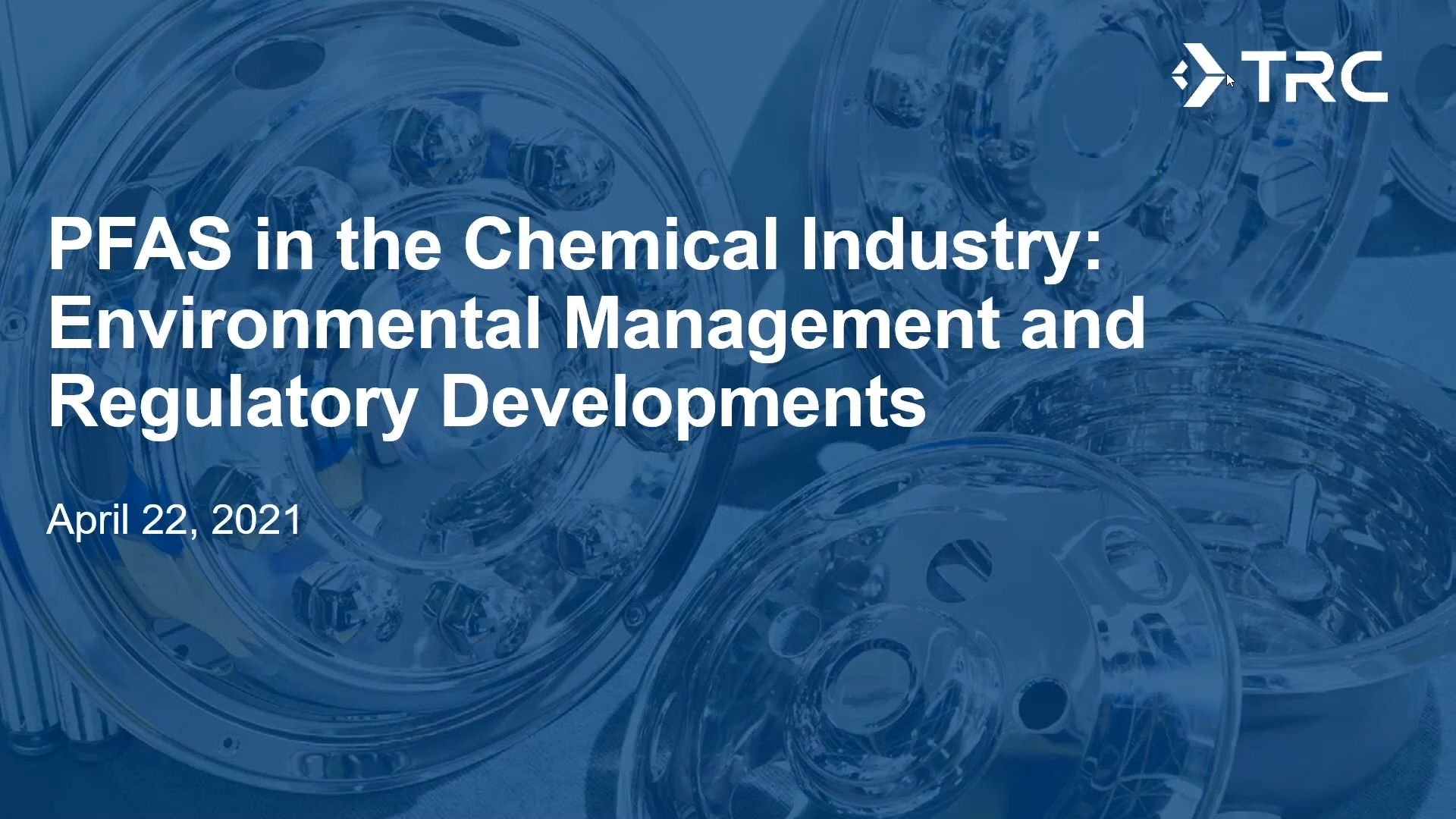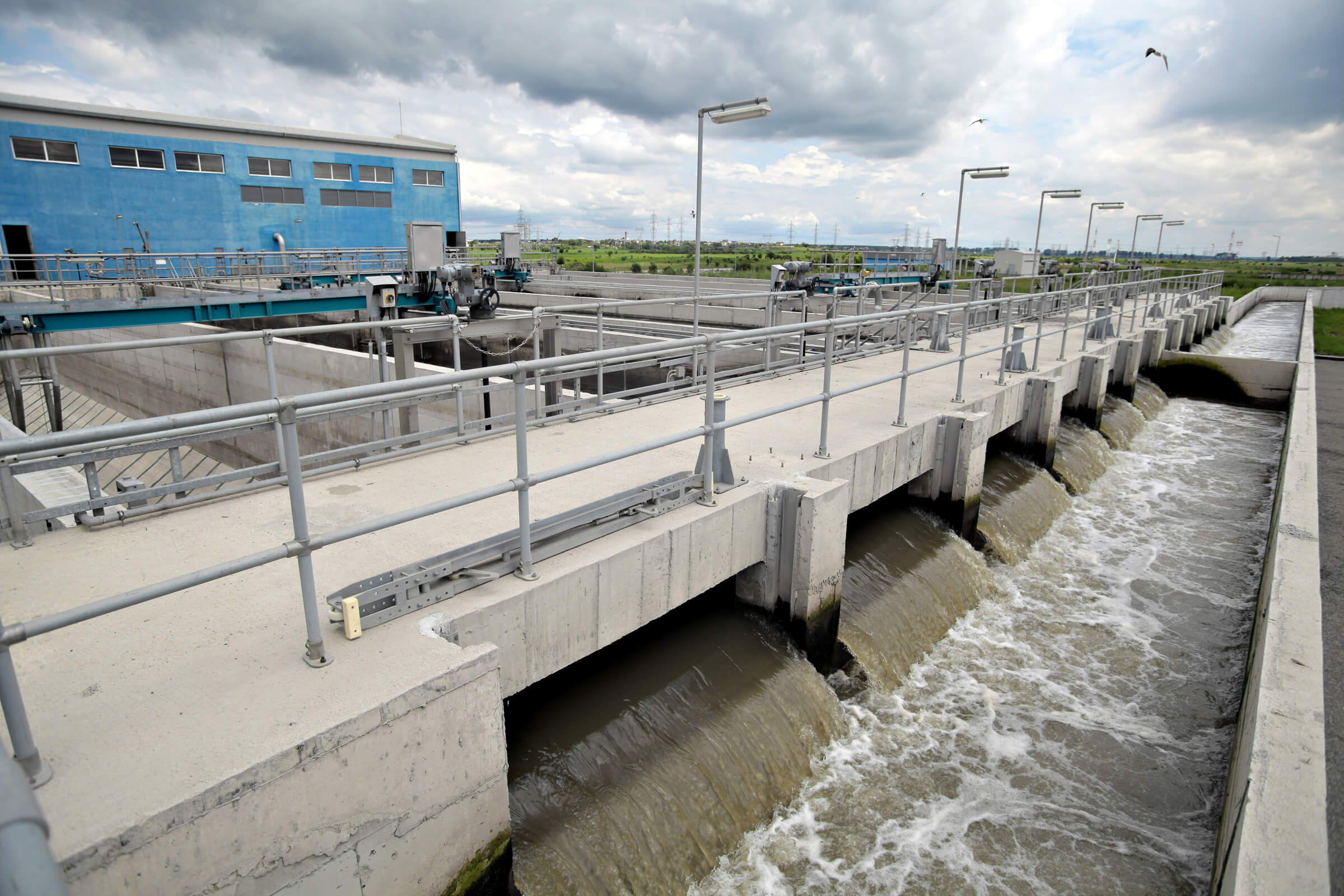Author: Thomas A. Dunder, Ph.D. | February 5, 2021
In January 2021, the EPA issued draft method OTM-45, the first air emissions test method designed specifically for per- and polyfluoroalkyl substances (PFAS). The method provides detailed guidance to testers and laboratories to measure low concentrations of multiple PFAS compounds. Numerous stationary sources have been implicated in PFAS emissions that have resulted in deposition with subsequent water and soil contamination as well as human exposure. These facilities have included a wide range of industries, such as plants manufacturing fluorinated chemicals, manufacturers who utilize PFAS compounds in coatings and other water- and stain-resistant products, metal plating, incinerators, and hazardous waste combustors. There is a significant quantity of PFAS wastes, including millions of gallons of aqueous film forming foam (AFFF), awaiting disposal. The OTM-45 method will be used as one tool to determine if and how PFAS waste can be safely disposed of or destroyed. Other air emissions sources suspected of containing PFAS compounds can now be evaluated, allowing appropriate emissions control devices to be installed to greatly limit PFAS contamination of the atmosphere and the environment.
The method is based on a similar test method (SW846 Method 0010 for semi-volatile organic compounds) with several notable changes. In the OTM-45 method, a modified Method 5 sampling train is used to collect PFAS compounds in several fractions which are analyzed separately. This train includes two sorbent cartridges utilizing XAD-2 to capture and concentrate PFAS compounds (the second cartridge serves to assess breakthrough of any PFAS collected on the first cartridge and the impingers), a filter, probe and nozzle rinse, impingers charged with highly purified water, and one impinger with silica gel. Analysis is conducted using liquid chromatography/dual mass spectrometry (LC/MS/MS).
PFAS compounds are both ubiquitous in the environment and present in many commonly used materials in stack testing and laboratory procedures. Detailed procedures are provided to minimize sample and analytical contamination by avoiding fluorine containing materials such as Teflon and utilizing specific cleaning methodologies for glassware and other materials that may contact the samples. Extensive quality assurance procedures are included to verify absence of contamination via the analysis of blanks for air sampling media, rinse solvents, and blank trains.
Quantitative Reporting Limits (QRLs) ranging from 1.5 to 2.5 nanograms (ng) per sampling train are quoted for 26 different PFAS compounds. Significantly higher QRLs were quoted for two additional PFAS compounds. Emission rate detection limits will be determined by the combination of laboratory detection capabilities and the volume of stack gas sampled. Although QRLs are provided for only 28 PFAS compounds, the method lists 50 PFAS compounds that can be detected; currently detection is limited by the availability of quantitative laboratory standards. TRC anticipates that the list of applicable analytes will expand considerably as laboratory capabilities are further developed. EPA has acknowledged that this draft method will continue to be evaluated and will evolve as testing programs are conducted and the results evaluated. In an unusual step, EPA has requested the submission of test reports from projects utilizing the method to evaluate performance.
TRC’s Air Measurement Services testing teams are well versed in the procedures incorporated in OTM-45 and immediately ready to conduct test programs using the method.
Sharing Our Perspectives
Our practitioners share their insights and perspectives on the trends and challenges shaping the market.

PM2.5 Annual NAAQS Revised
May 7, 2024
The U.S. EPA issued a final rule based on its reconsideration of its 2020 decision to retain the primary and secondary National Ambient Air Quality Standards (NAAQS) for particulate matter (PM) without revision.

EPA Issues Regulations for Oil and Natural Gas Sector Tank Emissions
April 30, 2024
Storage Vessel or Tank Battery Operators Must Reduce Emissions by 95%.
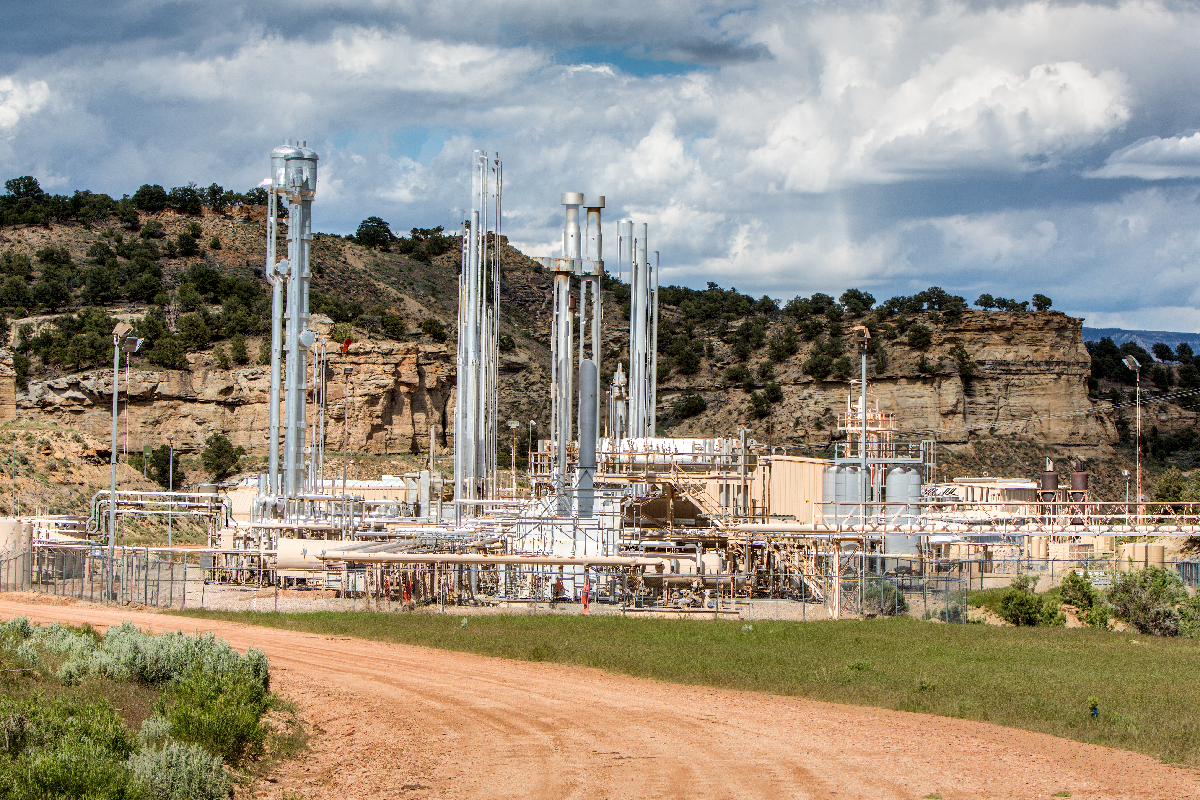
EPA Proposes Rules for IRA-mandated Waste Emissions Charge for Methane
February 6, 2024
EPA proposed rules to implement the Waste Emissions Charge (WEC) program for facilities that exceed a waste emissions threshold

EPA Proposes New Guidance on Air Quality Analysis for Permits
January 5, 2024
On October 23, 2023, the US EPA proposed changes to the Guideline on Air Quality Models and the US EPA model AERMOD

Modeling of Fogging and Icing Events
December 14, 2023
In recent years, various agencies across the country have become committed to understanding the impacts of fog generated by cooling systems. At first glance, fog created by cooling towers may not appear to be a significant problem, however, it can have adverse effects on the public. Fog can impair visibility for people driving on roads and if temperatures are below freezing, fog can cause the formation of rime ice on surfaces. To understand the consequences of fog created by these cooling systems, experts have devised advanced modeling techniques.

EPA Proposes Regulation of Green House Gas Emissions
July 10, 2023
This article highlights the EPA’s proposed rules to regulate greenhouse gas emissions from power plants and the potential impact on new and existing fossil fuel-fired facilities.

TRC Acquires United Sciences Testing, Inc., Expanding Air Management Capabilities
February 23, 2022
TRC Companies (“TRC”), announced the expansion of its Air Management capabilities with the acquisition of United Sciences Testing, Inc. (USTI), who provides emissions testing services to utility and industrial clients within the Great Lakes and Midwest regions of the US.

EPA Adds First New Hazardous Air Pollutant Since 1990
January 14, 2022
EPA finalized a rule to add 1-bromopropane to the federal list of hazardous air pollutants (HAPs) on December 22, 2022.

Air Emissions Permitting: What Analytical Laboratories Need to Know About Compliance
December 18, 2021
The independent testing of liquid and solid samples is a critical way that businesses demonstrate regulatory compliance. The laboratories that perform these analyses are also subject to environmental rules and should closely track their operations to ensure they are meeting compliance obligations.

EPA Proposes Changes to Methane Control at Petroleum Operations
November 10, 2021
New Source Performance Standard for Methane Control at Petroleum Operations in 2022

PFAS Air Emissions Standards and Trends for Summer 2021
August 17, 2021
Environmental impacts of PFAS in ambient air leads to states implementing PFAS air-related thresholds.

Managing EHS & ESG Risks Through Integrated Systems Today and Beyond
July 22, 2021
It has been more than 50 years since the development and establishment of the federal Environmental Protection Agency (EPA) and the federal Occupational Safety & Health Administration (OSHA) which were formed to protect our environment and workplaces across the United States. Significant laws, policies and regulations followed to establish the “regulatory programs” that all applicable businesses and entities must address and meet to ensure these compliance-driven legislative programs would create a foundation to protect our society.

EPA Ramps Up Inspections and Enforcement Actions
May 14, 2021
EPA’s acting enforcement chief, Larry Starfield, directs agents to ramp up inspections in communities known to be afflicted by pollution

South Coast Air Quality Management District Rule 2305: Warehouse Indirect Source Rule
April 7, 2021
The rule is intended to reduce local and regional emissions of NOx and diesel particulate matter (PM).
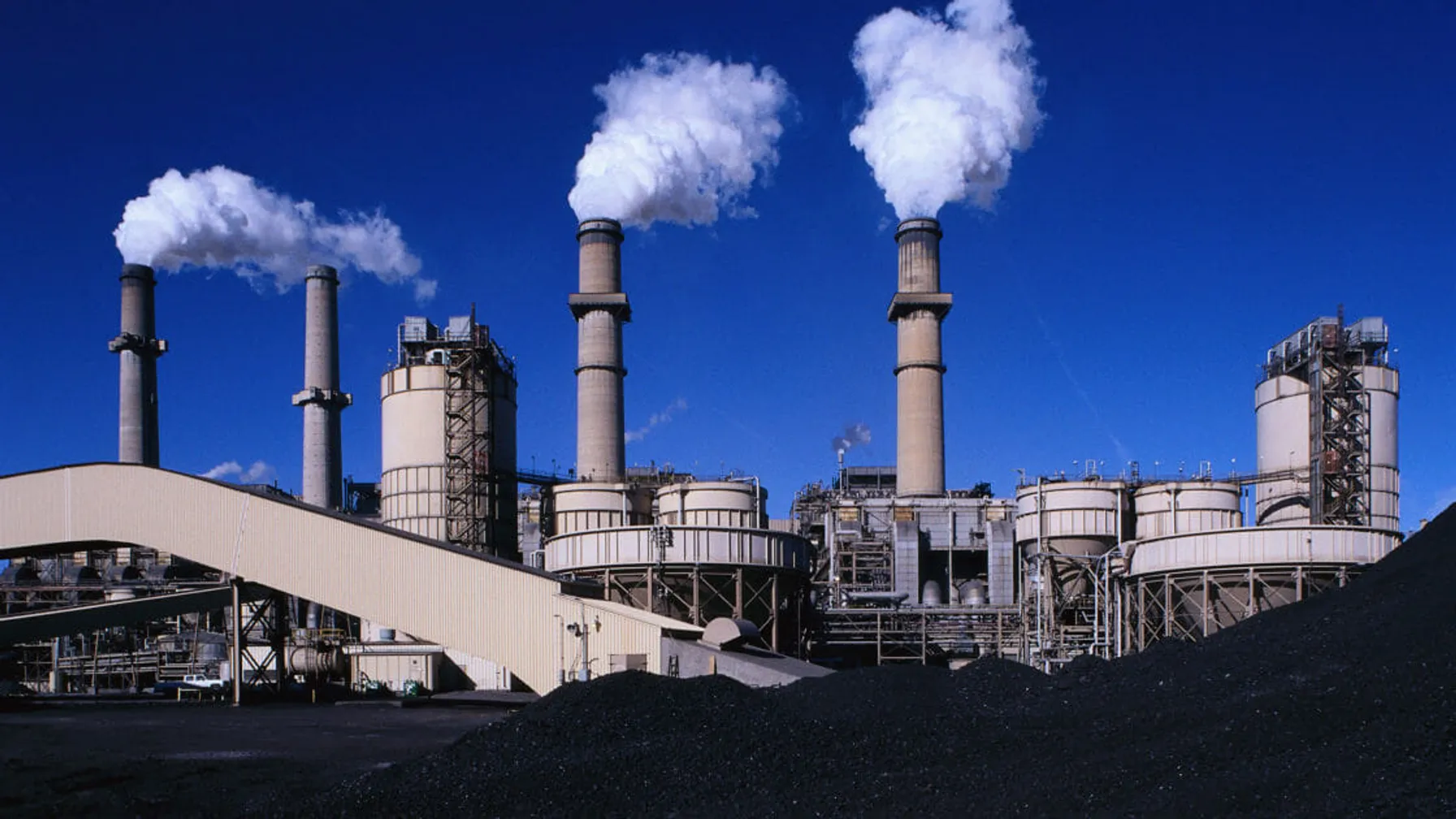
EPA Clean Air Act Rulemaking Announced December 2020
December 31, 2020
EPA announces Clean Air Act Rulemaking in the final month of the current administration and indicates more could be announced before the new administration comes into office.

New Jersey’s Landmark Environmental Justice Law
November 24, 2020
What Is an Indoor Air Quality Assessment? An indoor air quality assessment involves identifying and addressing air quality issues within a facility to ensure a healthy and safe environment for occupants. The assessment process typically includes an initial inspection, laboratory testing for contaminants, and recommendations for improvements. LEED-certified buildings prioritize indoor air quality, adopting measures to maintain good IAQ throughout construction and occupancy. Contact Us

EPA Finalizes Reversal of “Once In Always In” Air Pollution Policy
November 18, 2020
On October 1, 2020, the EPA finalized a ruling that no longer enforces the “once in, always in” air emissions policy.

TRC Awarded a Yahara WINS Grant
August 28, 2020
TRC was recently awarded a Yahara WINS grant to develop a pilot scale simple aeration method for removing phosphorous from the discharge of manure digesters. The grant application was developed and submitted by: Bob Stanforth, Alyssa Sellwood, Mike Ursin, Ted O’Connell, Ken Quinn, and John Rice, who are members of multiple TRC CORE teams.
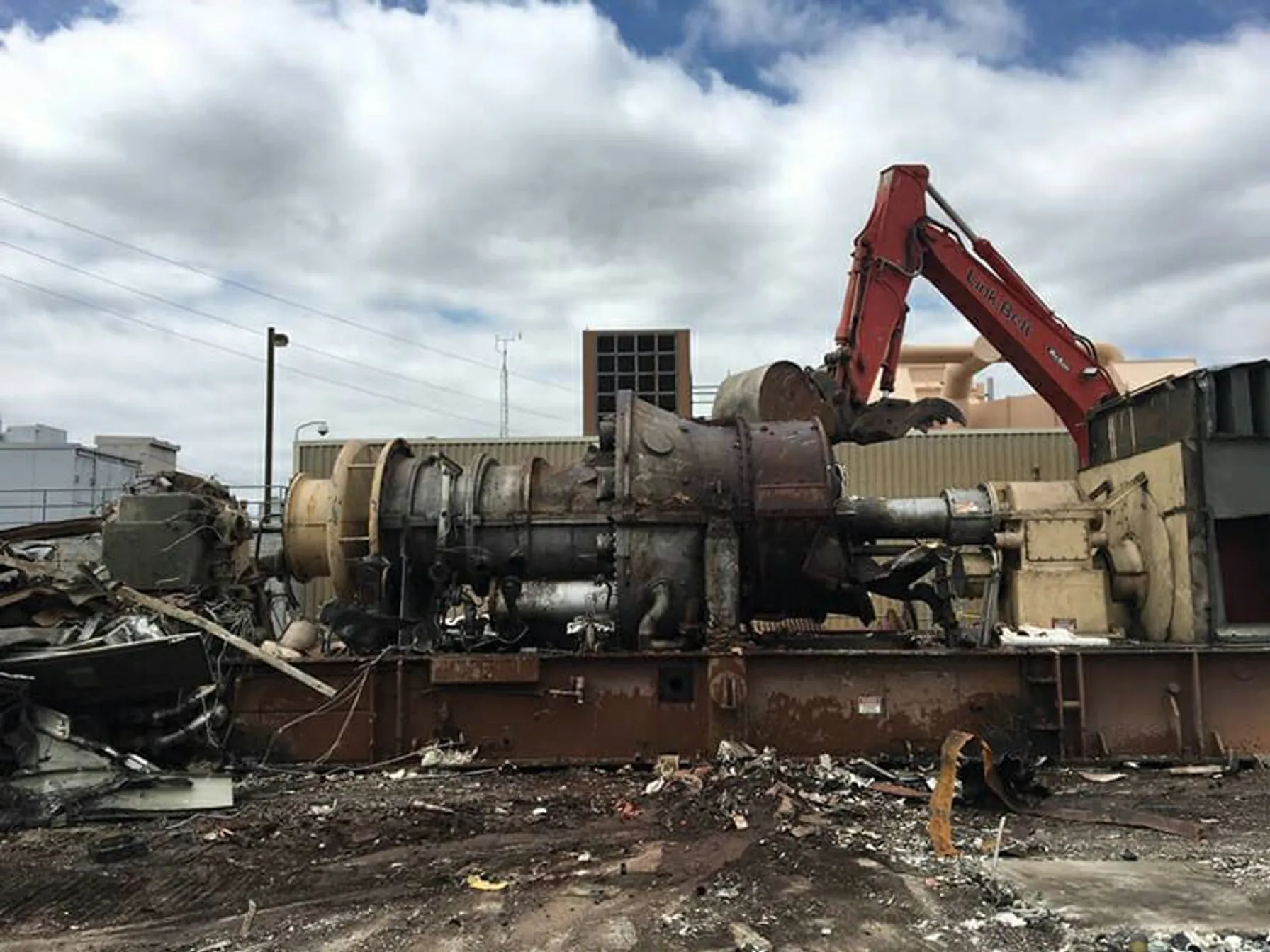
New York State Finalizes Emission Limits for Power Generators
January 21, 2020
On January 16, 2020, the New York State Department of Environmental Conservation (NYSDEC) finalized a rulemaking limiting nitrogen oxide (NOx) emissions from existing simple cycle and regenerative peaking combustion turbines with a nameplate capacity of 15 megawatts (MW) or greater during the ozone season (May 1 – October 31).

PFAS in Consumer Products: Assessing the Risk of Dermal Exposures
July 17, 2025
Products, such as bandages, baby wipes and feminine care products, may contain trace levels of PFAS due to intentional use or cross-contamination, which has prompted recent concerns about skin absorption and long-term health effects.

TRC’s Webinar On-Demand ART-PFAS Technology
May 7, 2025
TRC’s Nidal Rabah and Brendan Lazar present ART-PFAS, an award-winning in-situ alternative to pump-and-treat for remediating PFAS and VOCs in groundwater.
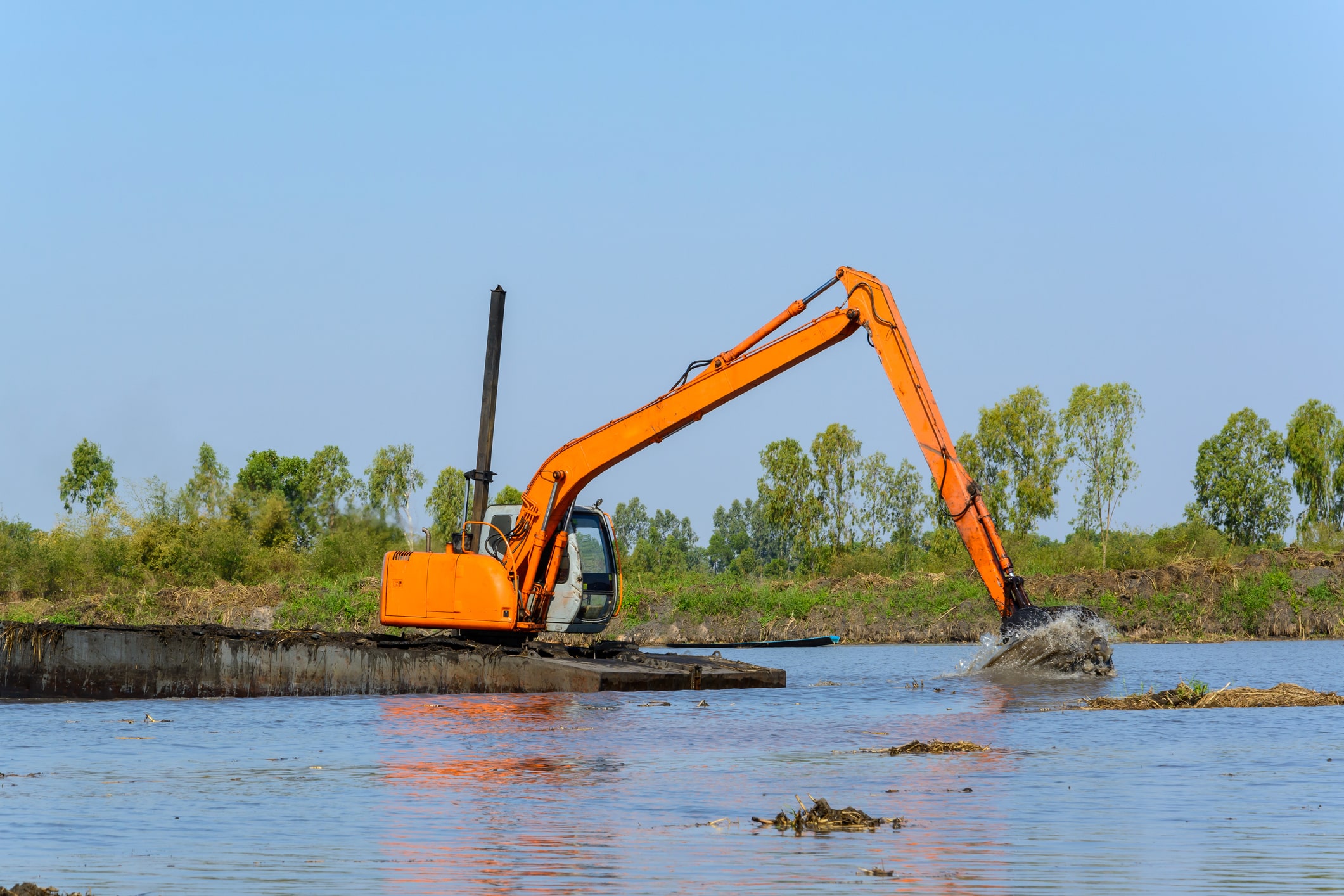
Treatment of PFAS to Allow for Beneficial Use of Impacted Dredged Sediments
July 18, 2024
Approximately 200 to 300 million cubic yards of sediment are dredged each year by the US Army Corps of Engineers (USACE) and other federal interests (USEPA, 2007).

Coming at You Fast – The Latest on RCRA and PFAS Regulations
March 1, 2024
The EPA published its Proposed Rule for Listing of Specific PFAS as Hazardous Constituents under the Resource Conservation and Recovery Act (RCRA).

New EPA Rule Impacts PFAS TRI Reporting and Supplier Notifications
November 20, 2023
What Affected Facilities Need to Know About Applicability, Reporting Changes and Deadlines

EPA Proposes Changes to Air Emissions Reporting Requirements (AERR)
August 30, 2023
The EPA is proposing updates to their Air Emissions Reporting Requirements (AERR) through amendments to 40 CFR Parts 2 and 51.

How Does PFAS Contamination Impact the Environment?
August 11, 2023
PFAS are widely used in the production of numerous products. Some PFAS chemicals are the by-product of manufacturing processes. As a result, PFAS contamination is widespread, with PFAS being found nearly everywhere in the world.

Helping Airports Identify and Mitigate PFAS Risks
May 30, 2023
This white paper focuses on some unique strategies and situations we have encountered at some airport sites.

EPA Finds Trichloroethylene Presents Unreasonable Risk in Final Risk Evaluation
April 6, 2023
On Jan 9, 2023, the United States Environmental Protection Agency (EPA) revised the Toxic Substance Control Act (TSCA) to reflect a new risk determination for trichloroethylene (TCE).

Proposed Use of a Hazard Index for PFAS National Primary Drinking Water Regulation (NPDWR)
April 4, 2023
The Proposed MCL and MCLG for the four PFAS, PFNA, PFHxS, GenX, and PFBS, considers their toxicity as additive. The EPA has proposed a HI of 1.0 as the MCL and MCLG for the four PFAS combined.

Proposed MCLGs and MCLs for PFAS
March 15, 2023
Final Regulatory Determination for Contaminants on the Fourth Drinking Water Contaminant Candidate List

QA and Chemistry Services
February 23, 2023
TRC offers many QA and Chemistry services including data usability assessments, limited and full data validation reports, quality assurance project plan preparation, selection of appropriate analytical methodologies and laboratory audits.
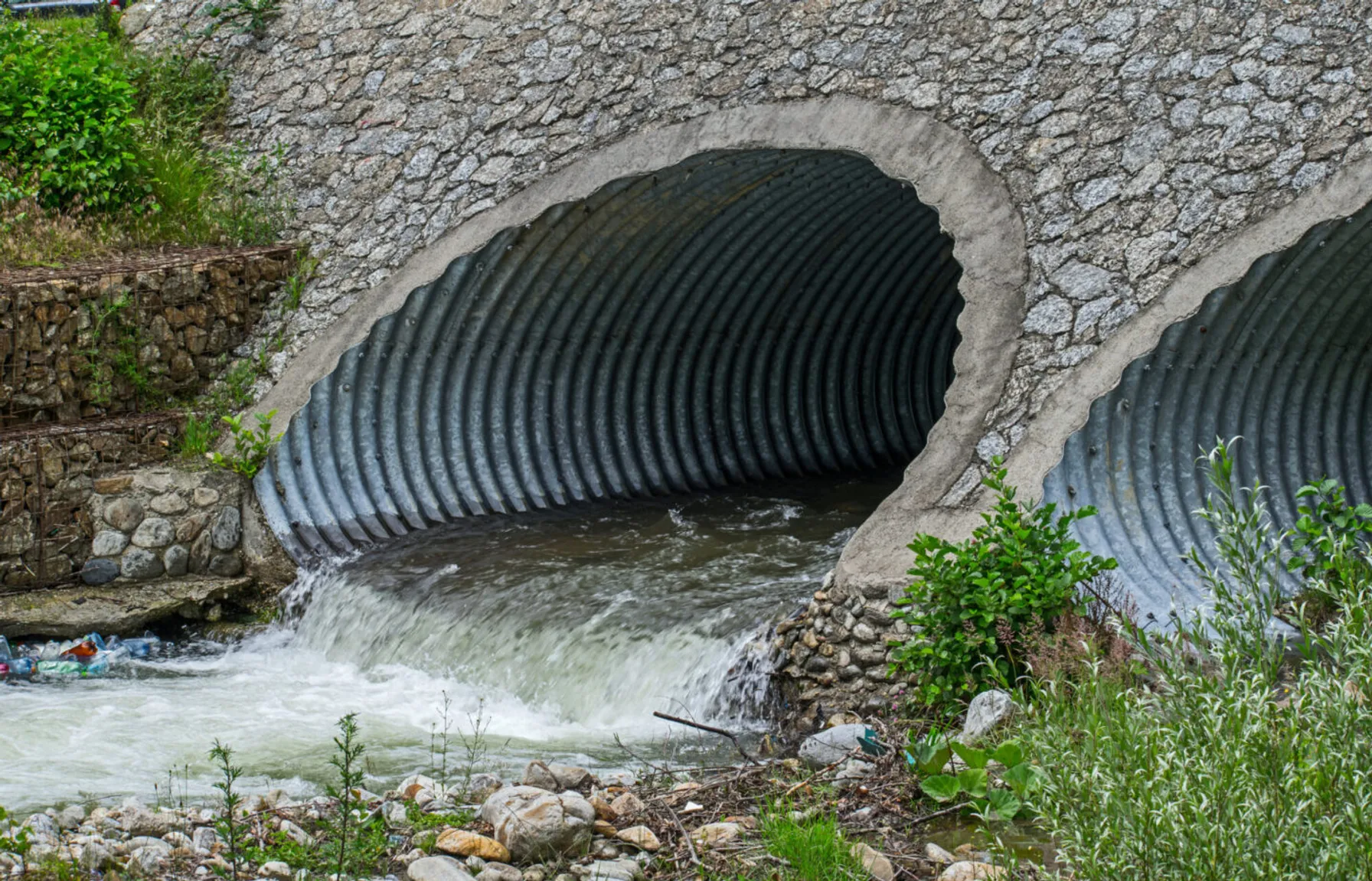
PFAS Fate and Transport
February 23, 2023
Understanding PFAS properties and behavior is key to effective detection and remediation.

PFAS Fate and Transport: Conceptual Site Models
February 23, 2023
The conceptual site model describes site-specific sources, release and transport mechanisms, exposure media, exposure points, exposure pathways and routes and potential human and/or ecological receptor populations.

EPA Announces $2 Billion in Funding to Address Emerging Contaminants in Drinking Water
February 14, 2023
Environmental Protection Agency Administrator Michael Regan announced $2 Billion in infrastructure funding to help the nation’s rural water supplies.
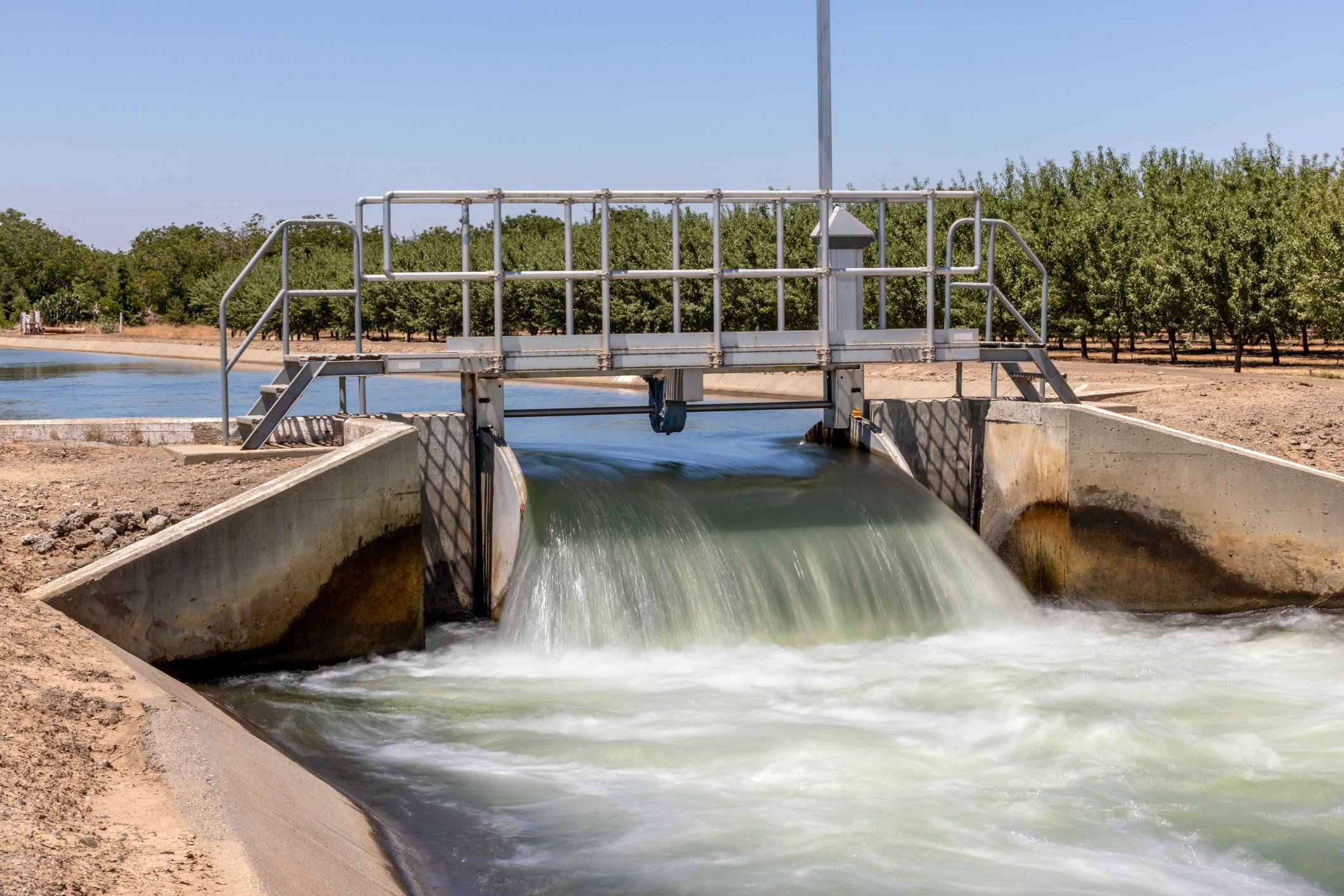
EPA Publishes Effluent Guidelines Program Plan 15
February 14, 2023
The EPA announced updated effluent limitations guidelines under Plan 15, focusing on the evaluation and rulemaking process for per- and polyfluoroalkyl substances (PFAS) discharges.

PFAS: Remedial Approaches
February 8, 2023
Remediating Per- and poly-fluoroalkyl substances (PFAS) from the soil and water requires effective techniques and innovative technologies. TRC’s experts are well versed in several remediation strategies intended to remove PFAS and prevent re-exposure.

TRI PFAS Reporting Requirements Continue to Expand
January 25, 2023
The list of PFAS for TRI reporting has increased to a total of 189 for reporting year 2023.
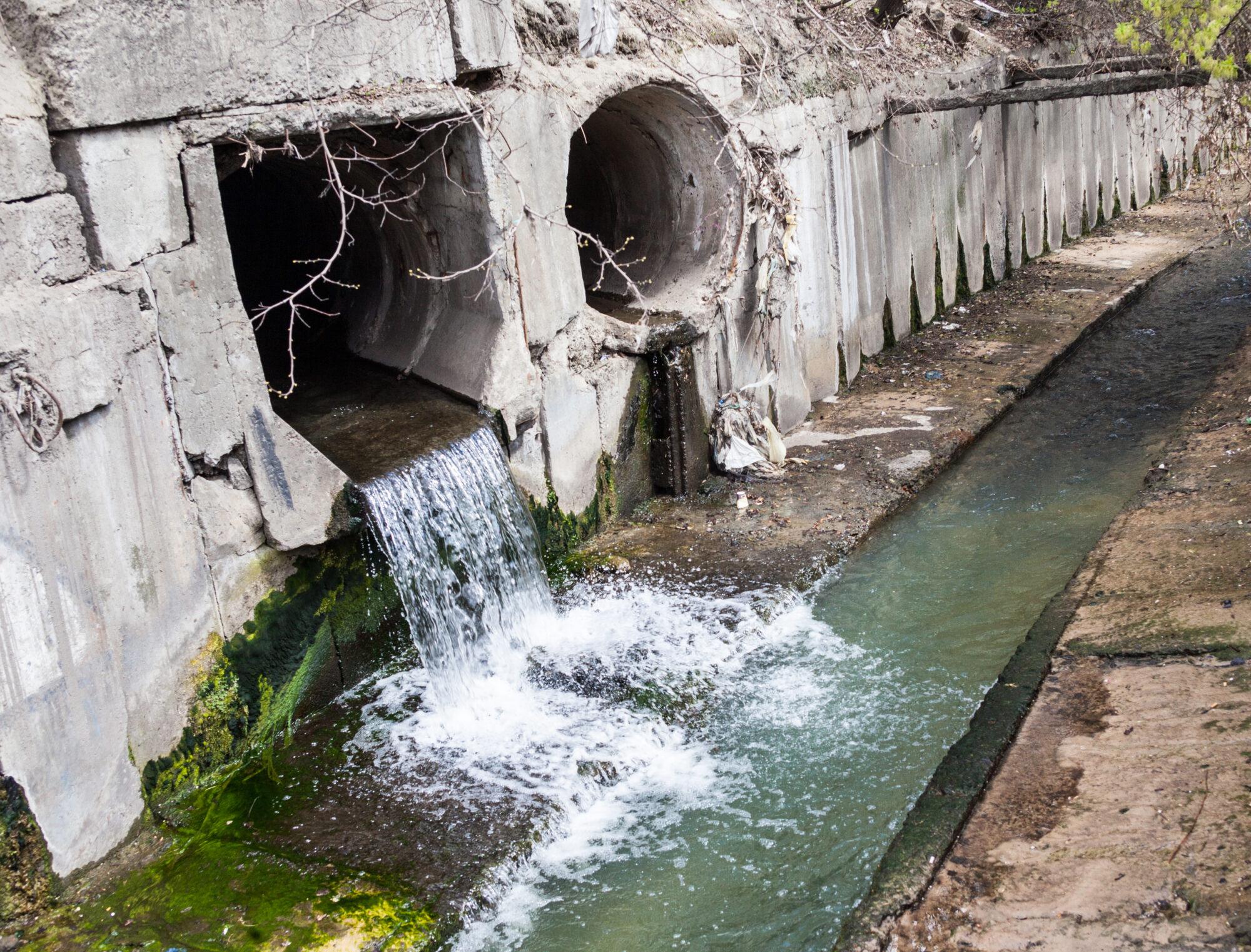
PFAS Discharges in NPDES Permits
December 19, 2022
In a follow-up to the EPA Office of Water’s April 28, 2022 memo, EPA released “Part 2″, providing guidance for the NPDES permitting/pretreatment program as it relates to restricting discharges of PFAS to water bodies.

Washington State Establishes PFAS Cleanup Levels
September 21, 2022
The Washington State Department of Ecology (Ecology) recently published a list of 6 PFAS compounds that now have soil and groundwater cleanup levels

New National Emerging Contaminants Research Initiative
September 12, 2022
The Executive Office of the President of the United States announced a National Emerging Contaminant Research Initiative

EPA Issues Proposed Rule Designating PFOA and PFOS as Hazardous Substances
September 7, 2022
The EPA has issued a pre-publication version of a proposed rule to designate two PFAS compounds as hazardous substances under CERCLA.

Five New PFAS Added to EPA Regional Screening Levels (RSLs)
June 24, 2022
EPA announced the addition of five new PFAS to the list of Regional Screening Levels (RSLs)

EPA Announces Updated Drinking Water Health Advisories for Four PFAS Chemicals: PFOS, PFOA, PFBS, & GenX
June 24, 2022
On June 15, 2022, the EPA released updated Health Advisory Levels for four per- and polyfluoroalkyl substances (PFAS) in drinking water
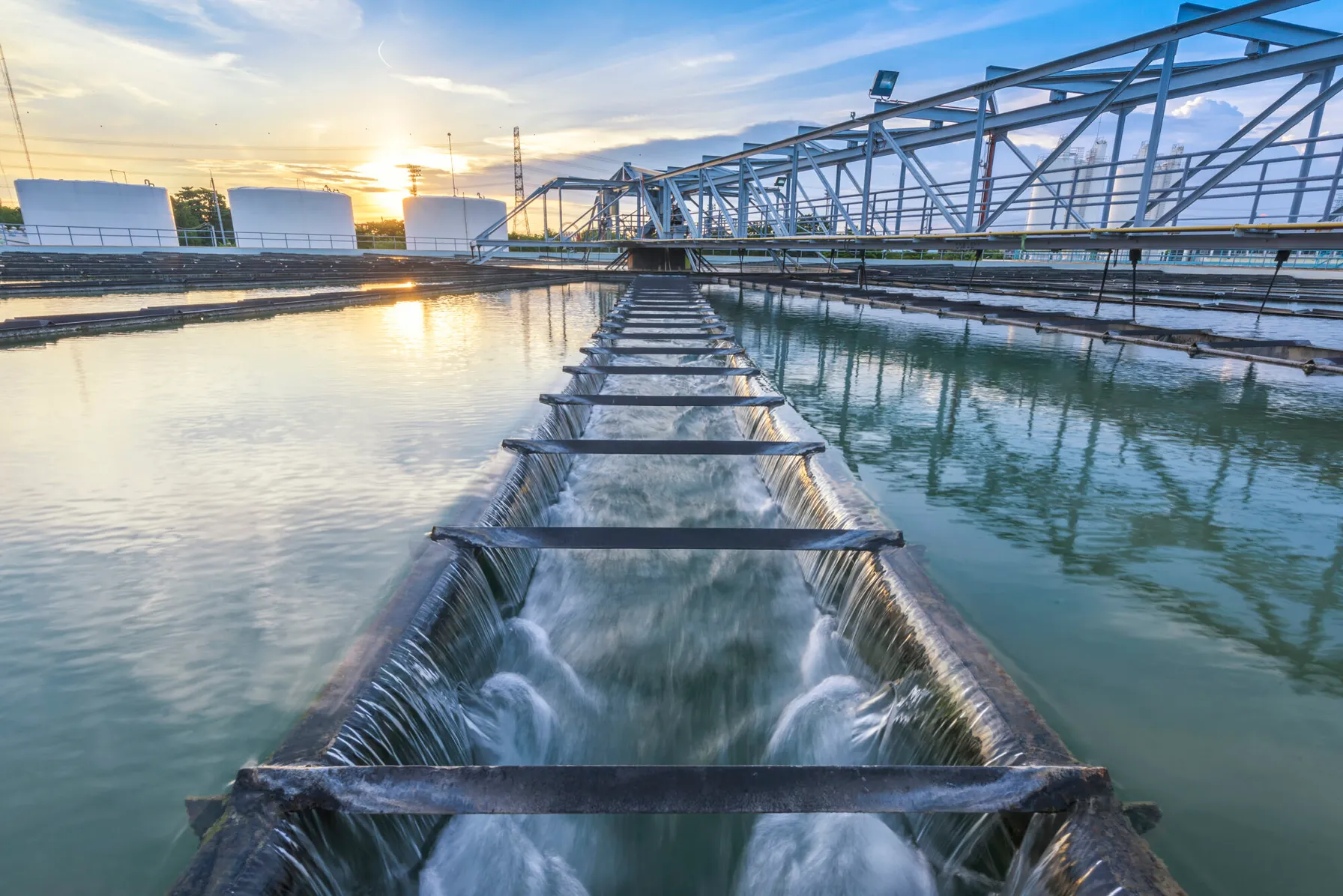
Integrating Sustainability, Digital Connectivity and Design Optimization in Wastewater Treatment Systems
June 20, 2022
Some organizations rarely think about water and wastewater treatment, until there is a problem. American industry depends on the ability to treat wastewater discharges while complying with regulatory standards and addressing emerging contaminants. If wastewater treatment fails, our environment is negatively impacted, and companies are exposed to shutdowns, delays and fines.

Worst Case Discharges of Hazardous Substances – Proposed Rule
May 25, 2022
In compliance with the Clean Water Act (CWA), the U.S. Environmental Protection Agency (EPA) recently proposed a new rule for onshore non-transportation-related facilities requiring specified facilities to plan for worst case discharges (WCDs) of CWA hazardous substances that could cause substantial harm to the environment.
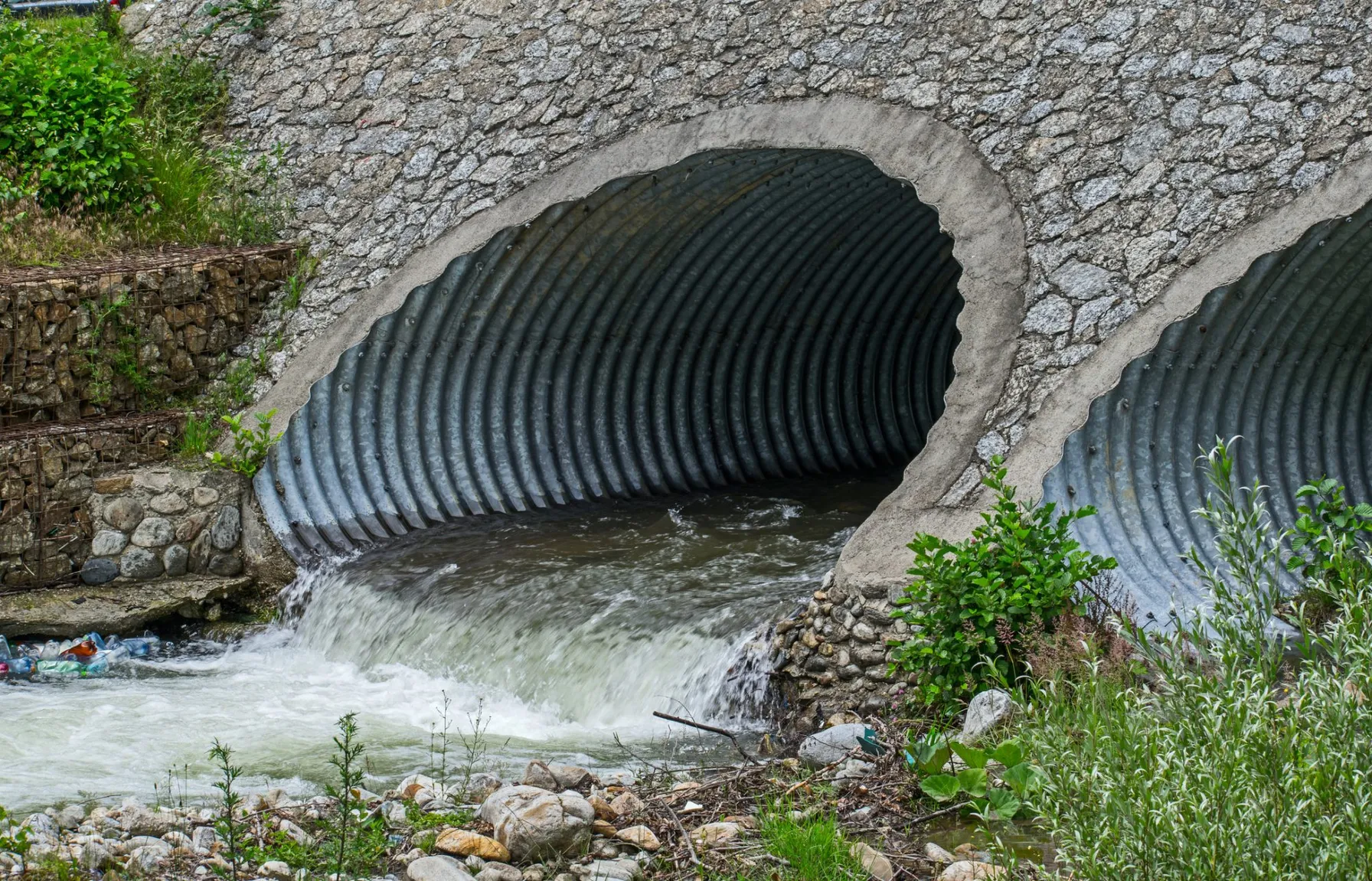
PFAS Discharges and NPDES Permits
May 25, 2022
On April 28, 2022, the U.S. Environmental Protection Agency’s (EPA) Office of Water released a memo addressing the use of National Pollutant Discharge Elimination System (NPDES) permits to restrict per- and poly-fluoroalkyl substances (PFAS) discharges to water bodies.

EPA Proposes Aquatic Life Criteria for PFOA and PFOS
May 25, 2022
On May 3, 2022, under the Clean Water Act (CWA), the United States Environmental Protection Agency (USEPA) proposed the first aquatic life criteria for both short-term and long-term toxic effects from Perfluorooctanoic Acid (PFOA) and Perfluorooctane Sulfonic Acid (PFOS).

SEC Releases New Proposed Rules Requiring Public Companies to Disclose Climate Risks
April 12, 2022
On March 21, 2022, the U.S. Securities and Exchange Commission (SEC) issued its proposed rules for The Enhancement and Standardization of Climate-Related Disclosures for Investors which would require public companies in the U.S. to disclose information in their annual financial reports.

PFOA & PFOS As CERCLA Hazardous Substances: What Does This Mean and How Can You Be Prepared?
February 17, 2022
A plan to designate two per- and polyfluoroalkyl substances (PFAS) as “hazardous substances” under CERCLA was recently submitted by the EPA.

New Phase I ESA Standard Will Affect Environmental Due Diligence
January 25, 2022
After years of review, revisions and discussions, the new ASTM E1527 Phase I Environmental Site Assessment (Phase I ESA) standard has been published. The new standard includes updates to definitions, clarifications on processes and requirements, and guidance for emerging contaminants.

Fifth Unregulated Contaminant Monitoring Rule Lists 29 PFAS
January 21, 2022
EPA published fifth Unregulated Contaminant Monitoring Rule as required every five years and 29 of the 30 contaminants listed are PFAS.

Need help collecting PFAS samples for NJDEP deadline December 15?
October 7, 2021
NJDES Category B or L Industrial Permit holders – If you haven’t obtained your first PFAS sample yet, time is running out. All New Jersey Pollutant Discharge Elimination System (NJDES) Category B or L Industrial Permit holders are required by the New Jersey Department of Environmental Projection (NJDEP) to collect two representative effluent samples, taken 30 days apart, to be analyzed for PFAS by an approved laboratory and submitted to them by December 15, 2021.

Interpretation of “Waters of the United States” (WOTUS) Reverts to Pre-2015 Regulatory Definition
September 29, 2021
Environmental Protection Agency (EPA) and U.S. Army Corps of Engineers (ACOE) revert to pre-2015 regulatory program definition of “Waters of the United States.”
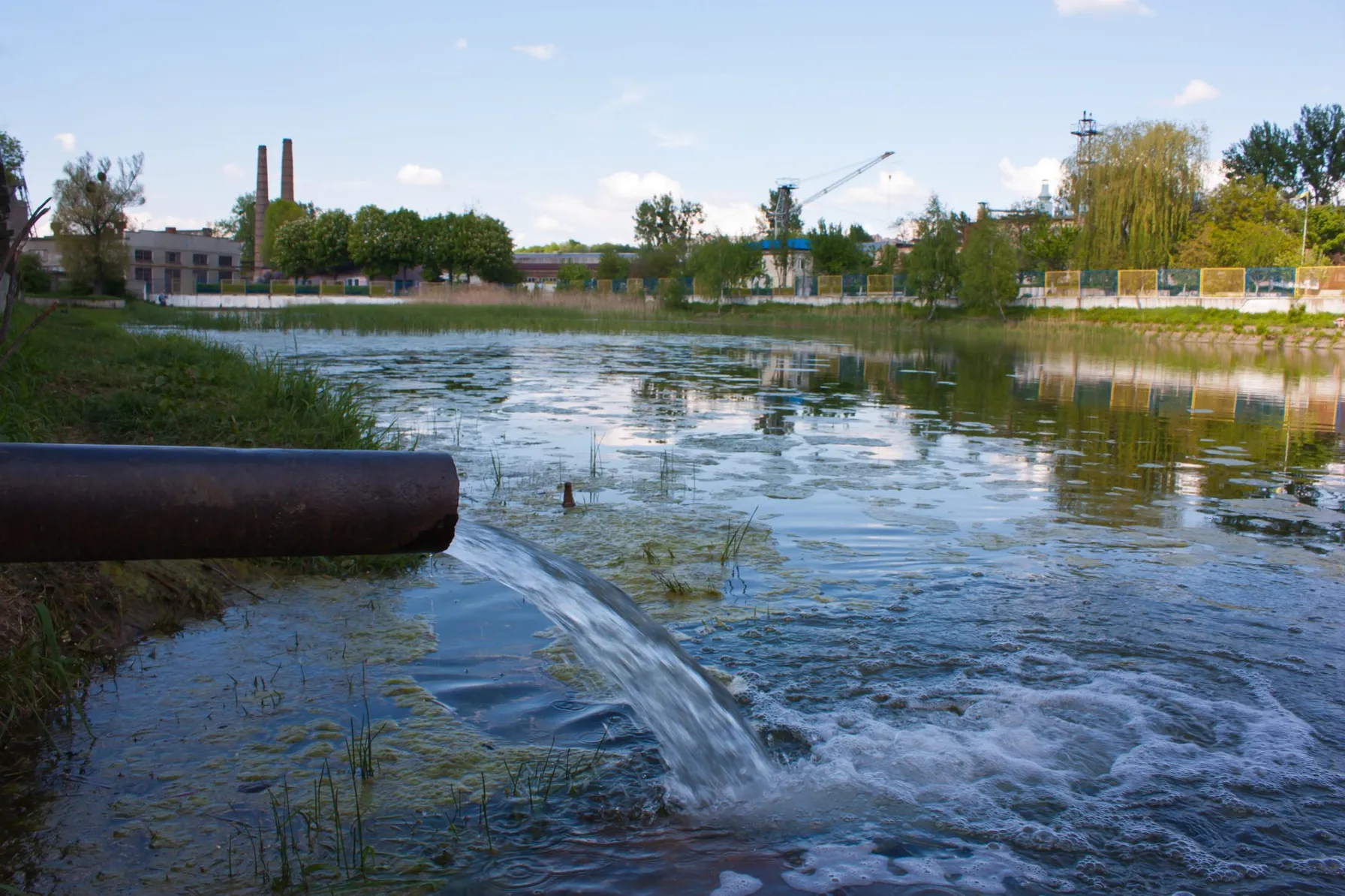
EPA Solicits Comments on PFAS Discharges in Five Point Source Categories
September 23, 2021
EPA solicits comments in five point source categories (PSCs) in the manufacture, use, treatment and discharge of PFAS.

PFAS Air Emissions Standards and Trends for Summer 2021
August 17, 2021
Environmental impacts of PFAS in ambient air leads to states implementing PFAS air-related thresholds.

Cryptocurrency: The Environmental Threats and Opportunities
August 9, 2021
Cryptocurrency (also known as crypto) is taking the fintech industry by storm, despite the economic experts who still dismiss it as a viable form of currency. Although often criticized for this volatility, whistleblowers are also further shining a light on the severe toll that these digital currencies are taking on the environment.

TRC Colorado PFAS Regulatory Update
July 21, 2021
Update on Colorado’s recent policies and plans to regulate new and historical discharges of per- and polyfluoroalkyl substances (PFAS) into the environment.

2021 EPA TRI Reporting Requirements for Natural Gas Processing Facilities
July 12, 2021
Indication EPA finalizing a rule to add natural gas extraction or processing plants to EPCRA Toxics Release Inventory (TRI) reporting.

Implementing bioremediation at environmental cleanup sites: TRC experts weigh in at leading industry conference
May 17, 2021
TRC experts make several presentations at the Battelle conference about innovative approaches they have developed for implementing and monitoring bioremediation and the use of naturally-occurring or deliberately-introduced micro-organisms to break down environmental pollutants.
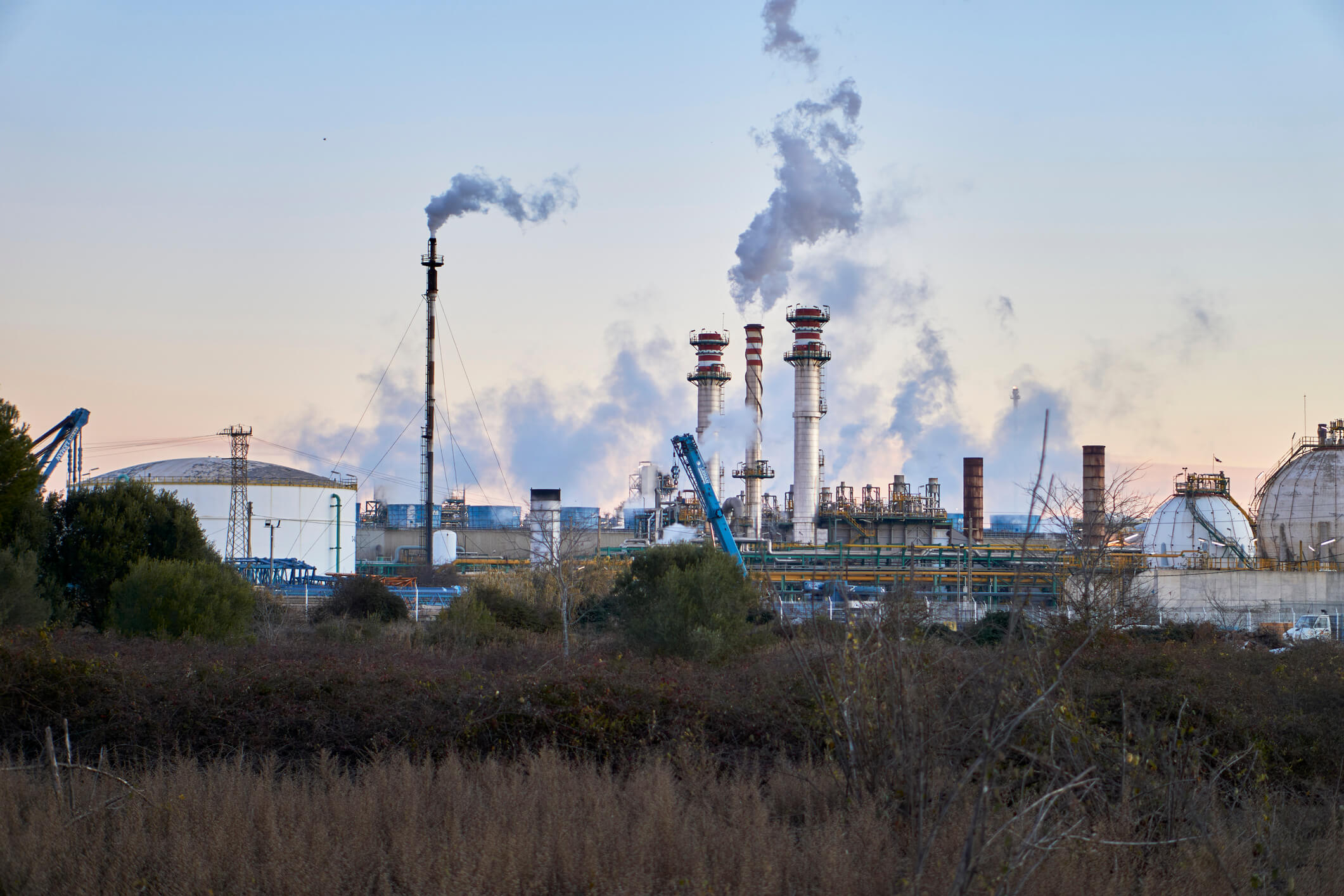
Interim Guidance on Destruction and Disposal of PFAS & Materials Containing PFAS
February 19, 2021
Interim Guidance from EPA identifies 6 materials that use or manufacture PFAS and approaches for disposal.
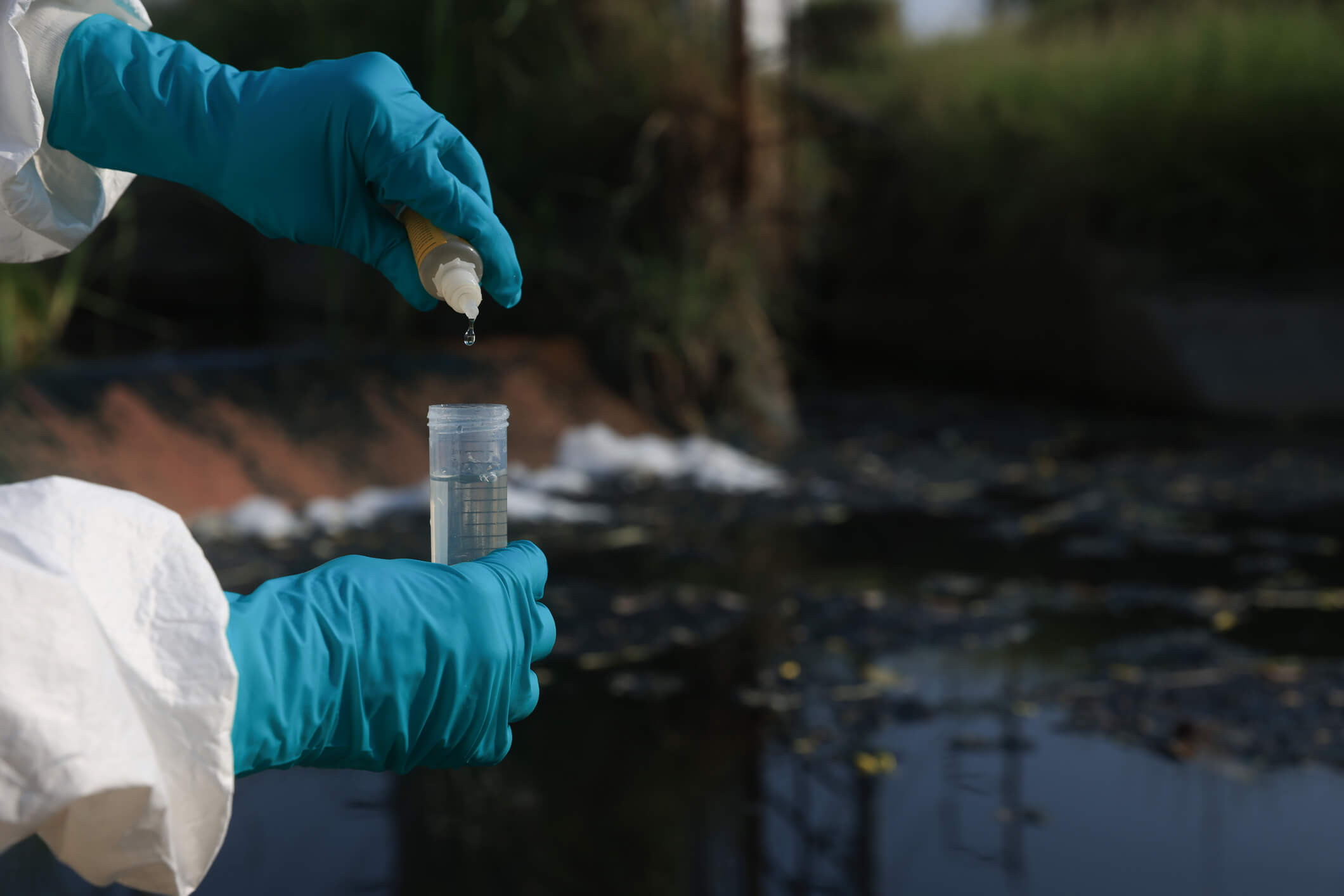
EPA continues to aggressively address PFAS wastewater with two new strategies
January 4, 2021
EPA takes steps toward PFAS wastewater and storm water permitting, and analytical methods for testing.

TRC Companies Inc. Acquires 1Source Safety and Health
November 11, 2020
TRC Companies (“TRC”), a leading technology-driven provider of end-to-end engineering, consulting and construction management solutions, has acquired 1Source Safety and Health, a firm that provides management consulting services in areas such as indoor air quality, asbestos management, industrial hygiene and safety management systems.

Ecological Risk of PFAS from AFFF-Impacted Sites
June 30, 2020
The facts on evaluating exposure to wildlife

TRC’s Reporting Tool Can Help Identify New PFAS under the TRI
May 19, 2020
While utilities often work in technical silos, NERC auditors are trained to cross check compliance evidence and data between interrelated standards.

Microplastics: Adapting to Emerging Legal Challenges with Proper Risk Assessment
April 15, 2025
Although microplastics may very well be fundamentally inert and no different from nuisance dusts, concern over their increasing presence in the environment and the human body persists. To ensure that regulators, the public and juries reach accurate decisions about the potency of microplastics, it is important to conduct an exhaustive health risk assessment evaluating a diversity of toxicological endpoints across differing doses.

Changes to EPA’s Risk Management Program (RMP) Regulations Are Coming
April 14, 2023
Changes to the Risk Management Program (RMP) regulations were signed into a final rule on February 27, 2024, by EPA Administrator Michael S. Regan.

Deadline Approaching for Utilities to Report SF₆ Emissions to EPA
March 8, 2023
The EPA regulates greenhouse gas (GHG) emissions under the Greenhouse Gas Reporting Program (GHGRP) and has recently decided to place renewed emphasis on sulfur hexafluoride (SF₆).

Routinely Evaluating the Health & Effectiveness of Integrated Systems to Manage EHS/ESG Risks – Part I
March 1, 2023
Once established, an EHS/ESG management system must be routinely evaluated to ensure it remains effective to identify and control risks, as well as accommodate and adjust for changes that occur to/within the organization.

Phase I ESA ASTM Standard Update: The Wait is Over
December 21, 2022
The USEPA published a Final Rule making the ASTM E1527-21 Phase I ESA standard AAI compliant.

Optimizing EHS/ESG Information Management and Reporting Systems by Leveraging Innovative Digital Technology Solutions
August 10, 2022
A single, integrated enterprise wide EHS/ESG IMS can significantly improve performance and communicate progress towards organizational requirements and goals.

Support an Integrated EHS/ESG Management System
June 10, 2022
Highlights PFAS additions are required for TRI reporting effective January 1, 2020. Reporting forms for these chemicals will be due to EPA by July 1, 2021, for calendar year 2020 data. The TRI reporting threshold is 100 pounds for PFAS, if manufactured, processed, or otherwise used. The PFAS Act of 2019 provides for the automatic addition of more PFAS chemicals to the TRI list, if EPA finalizes a toxicity value for the new compound. Any additional PFAS compounds added to the list will become subject to TRI reporting during the following year. During the waning days of 2019, the “PFAS Act of 2019” (contained in Section 7321 of the National Defense Authorization Act [NDAA]), was signed into law by President Trump. Our new TRI PFAS Tool utilizes CAS number and nomenclature search to identify possible PFAS usage and potential reporting requirements now required under TRI. The statutory provisions of the PFAS Act trigger reporting of a significant number of per- and polyfluoroalkyl substances (PFAS) for the Toxics Release Inventory (TRI) under Section 313 of the Emergency Planning and Community Right-to-Know Act (EPCRA). The U.S. Environmental Protection Agency (EPA) subsequently published a list of 172 PFAS chemicals.

How to Use an Integrated Approach To Manage EHS and ESG Risks
April 20, 2022
Highlights PFAS additions are required for TRI reporting effective January 1, 2020. Reporting forms for these chemicals will be due to EPA by July 1, 2021, for calendar year 2020 data. The TRI reporting threshold is 100 pounds for PFAS, if manufactured, processed, or otherwise used. The PFAS Act of 2019 provides for the automatic addition of more PFAS chemicals to the TRI list, if EPA finalizes a toxicity value for the new compound. Any additional PFAS compounds added to the list will become subject to TRI reporting during the following year. During the waning days of 2019, the “PFAS Act of 2019” (contained in Section 7321 of the National Defense Authorization Act [NDAA]), was signed into law by President Trump. Our new TRI PFAS Tool utilizes CAS number and nomenclature search to identify possible PFAS usage and potential reporting requirements now required under TRI. The statutory provisions of the PFAS Act trigger reporting of a significant number of per- and polyfluoroalkyl substances (PFAS) for the Toxics Release Inventory (TRI) under Section 313 of the Emergency Planning and Community Right-to-Know Act (EPCRA). The U.S. Environmental Protection Agency (EPA) subsequently published a list of 172 PFAS chemicals.

New Phase I ESA Standard Will Affect Environmental Due Diligence
January 25, 2022
After years of review, revisions and discussions, the new ASTM E1527 Phase I Environmental Site Assessment (Phase I ESA) standard has been published. The new standard includes updates to definitions, clarifications on processes and requirements, and guidance for emerging contaminants.

Managing EHS & ESG Risks Through Integrated Systems Today and Beyond
July 22, 2021
It has been more than 50 years since the development and establishment of the federal Environmental Protection Agency (EPA) and the federal Occupational Safety & Health Administration (OSHA) which were formed to protect our environment and workplaces across the United States. Significant laws, policies and regulations followed to establish the “regulatory programs” that all applicable businesses and entities must address and meet to ensure these compliance-driven legislative programs would create a foundation to protect our society.

Environmental Impacts of Transitioning to Renewables
May 15, 2021
The transition to renewable energy sources will have notable environmental impacts as well as economic impacts. To understand the possible implications, you’ll need some background knowledge of the ways fossil fuels affect the environment.

Interim Guidance on Destruction and Disposal of PFAS & Materials Containing PFAS
February 19, 2021
Interim Guidance from EPA identifies 6 materials that use or manufacture PFAS and approaches for disposal.

TRC Companies Inc. Acquires 1Source Safety and Health
November 11, 2020
TRC Companies (“TRC”), a leading technology-driven provider of end-to-end engineering, consulting and construction management solutions, has acquired 1Source Safety and Health, a firm that provides management consulting services in areas such as indoor air quality, asbestos management, industrial hygiene and safety management systems.

Tom Dunder
Tom Dunder is Technical Director in the Air Management Services Division at TRC Companies in Raleigh, North Carolina where he performs and manages air pollutant testing programs. He has degrees in Chemistry from Columbia (A.B.), Rutgers (M.S.) and the University of North Carolina (Ph.D.). Tom has 29 years of experience in gaseous pollutant emissions measurements at a wide variety of industries (refineries, chemical plants, power plants, paper mills, etc.) with recent work in biomass/biogas processes and emerging pollutants like PFAS. Contact Tom at tdunder@trcsolutions.com.













